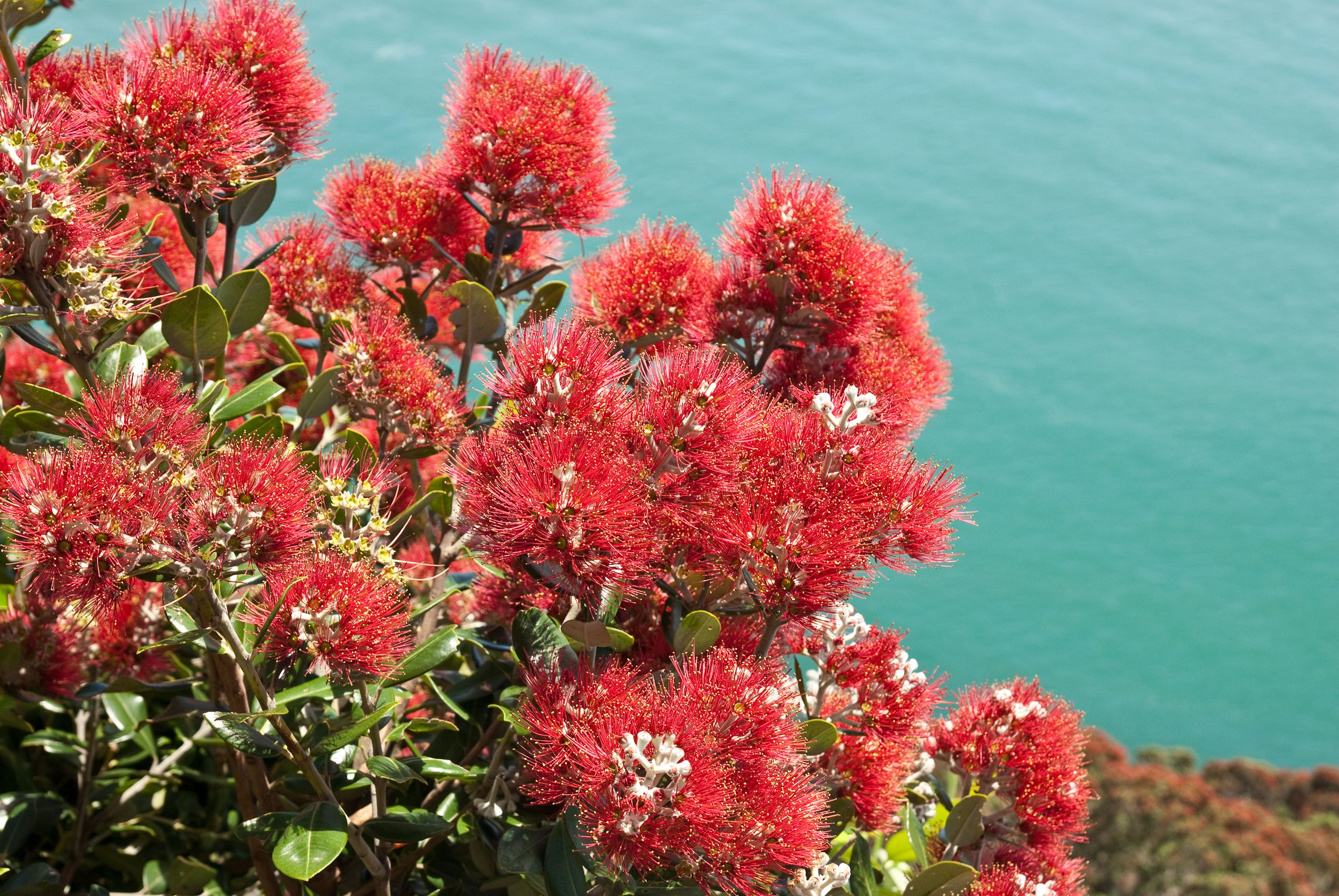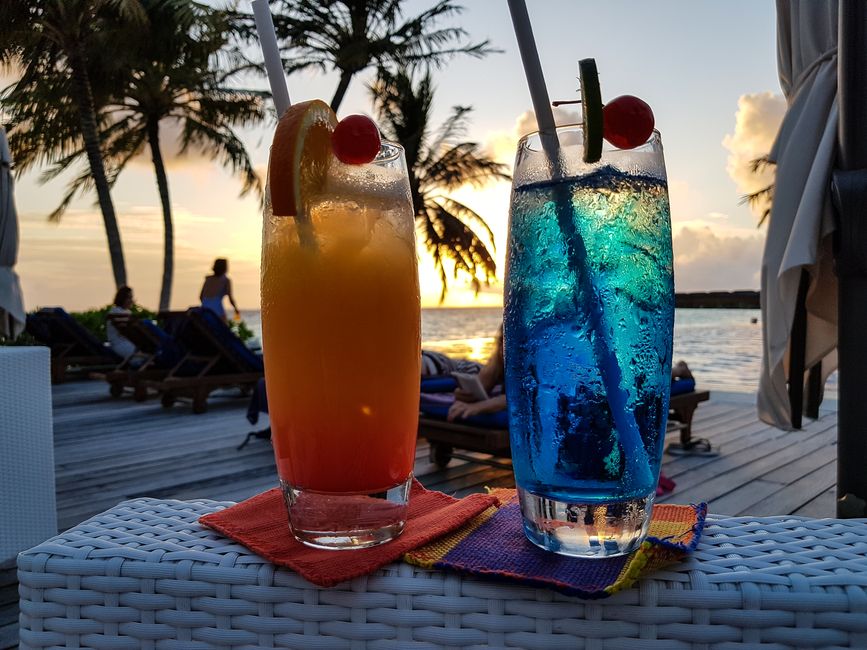Cape Adare
已发表: 26.02.2023
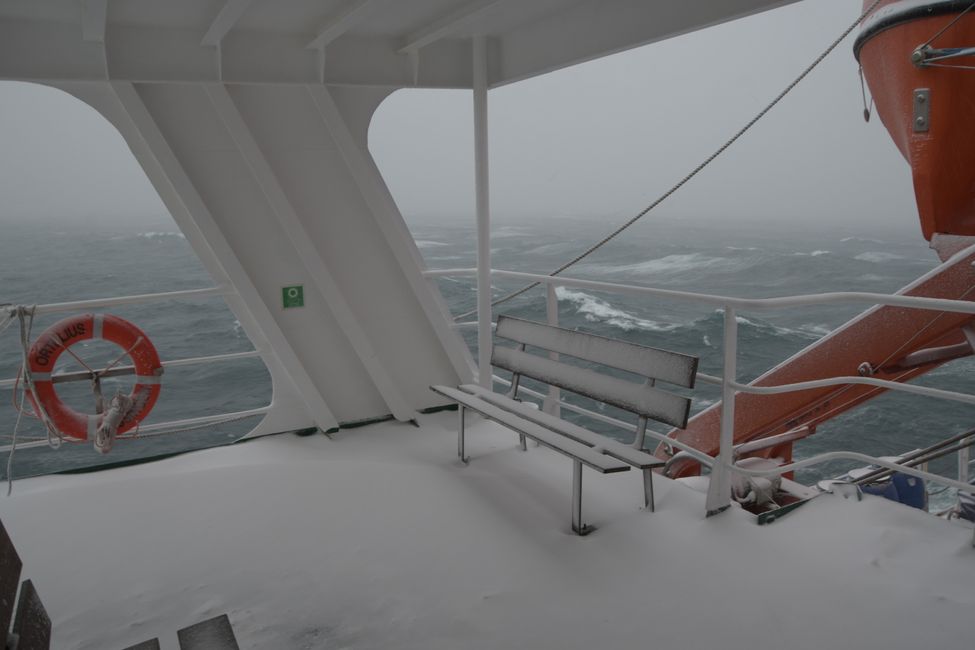
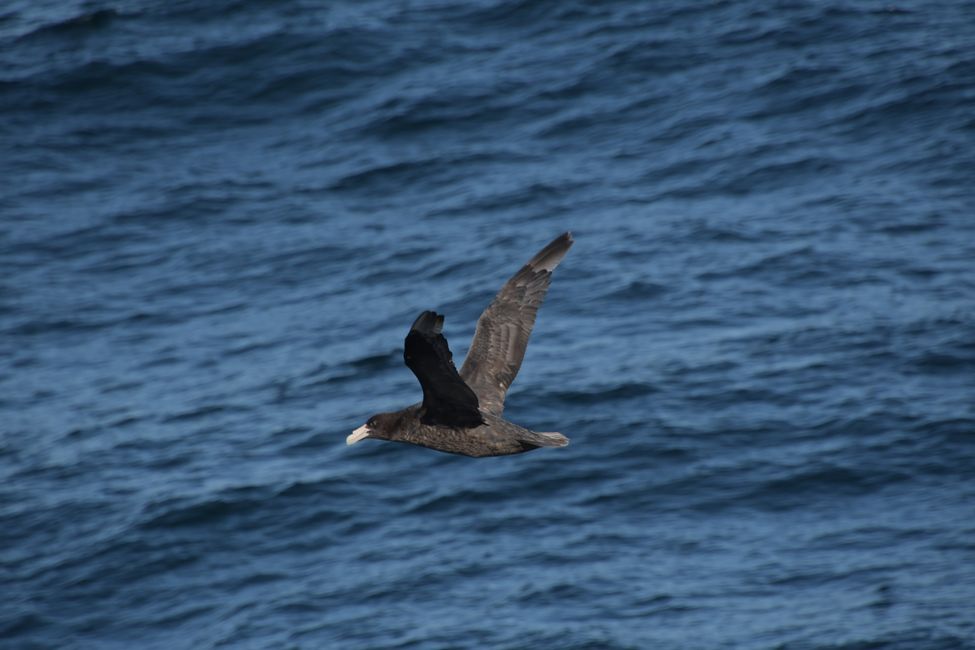
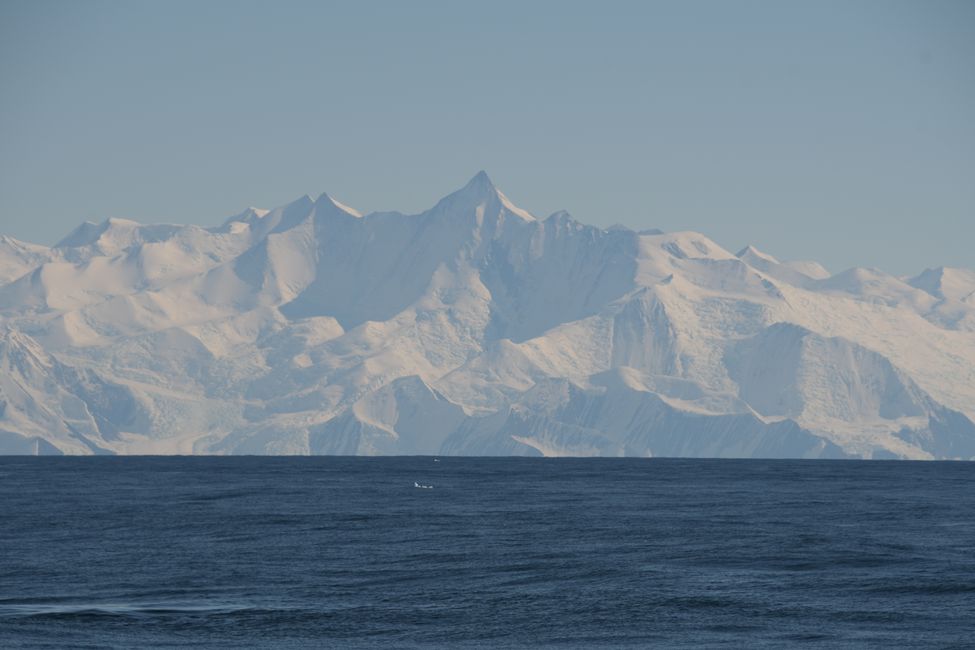
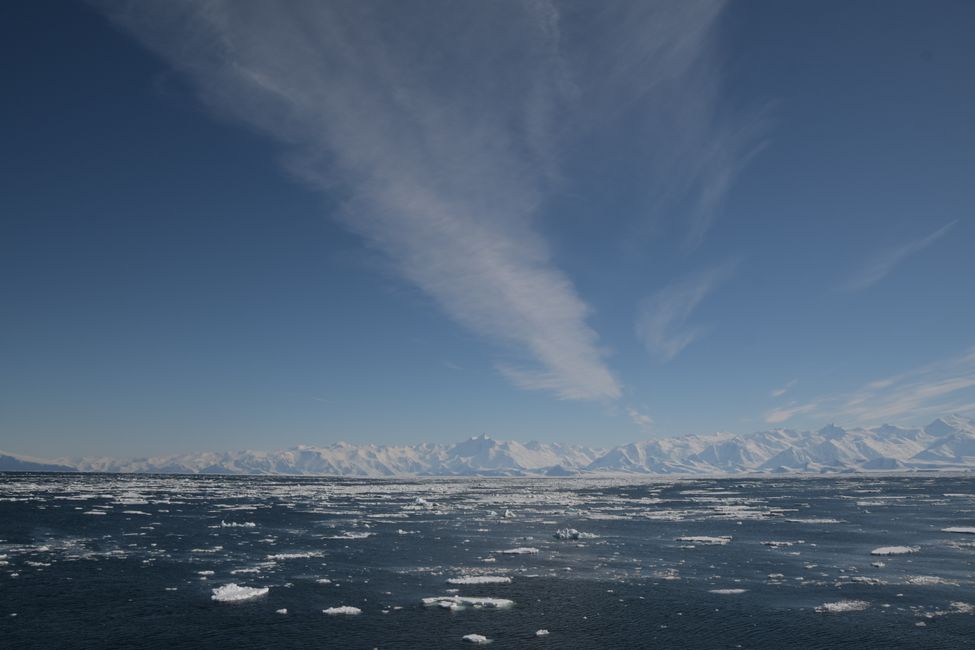
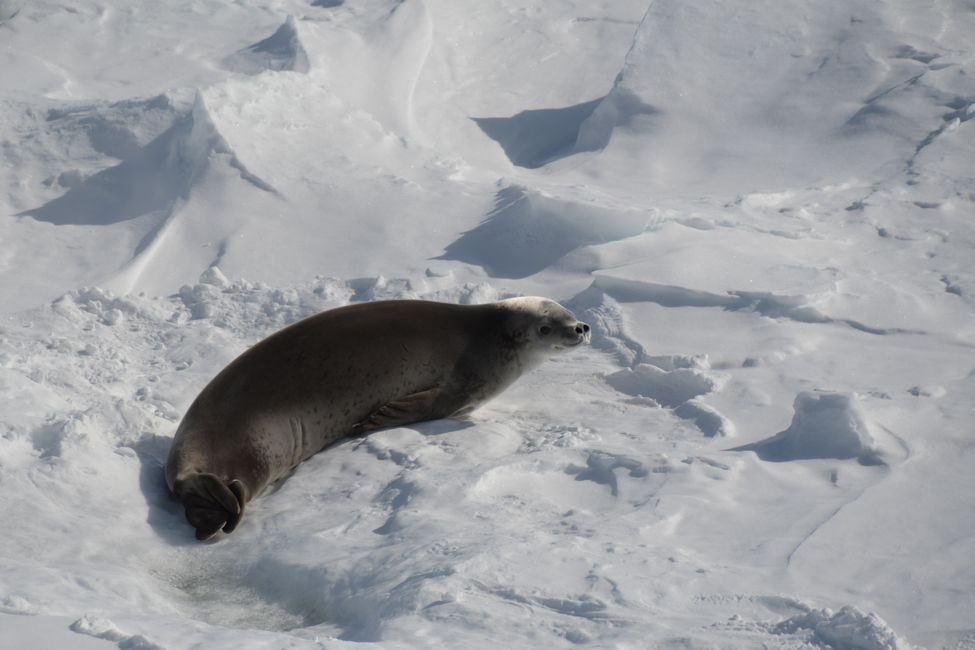
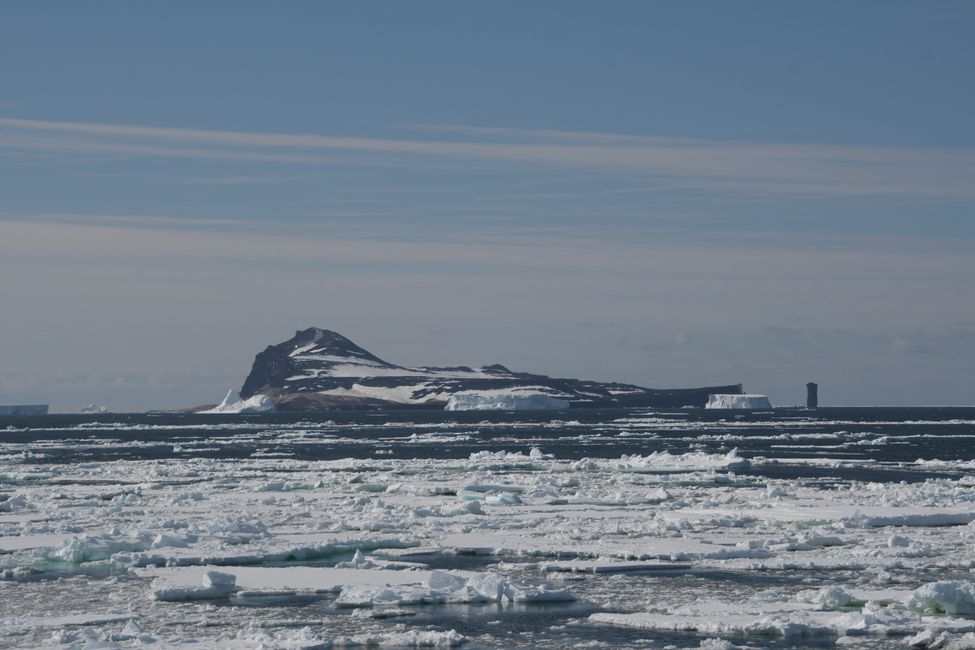
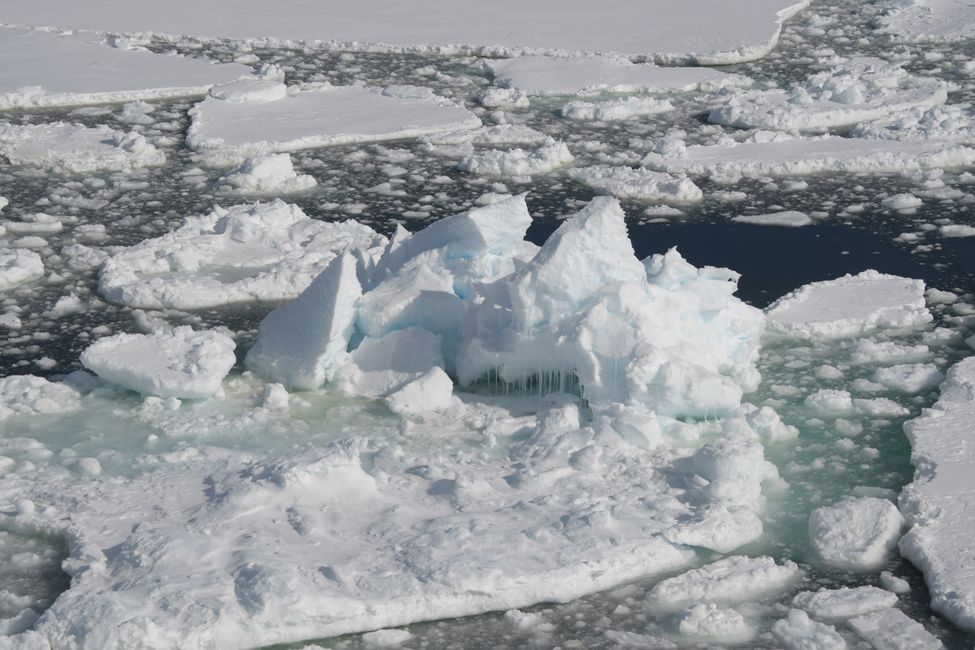
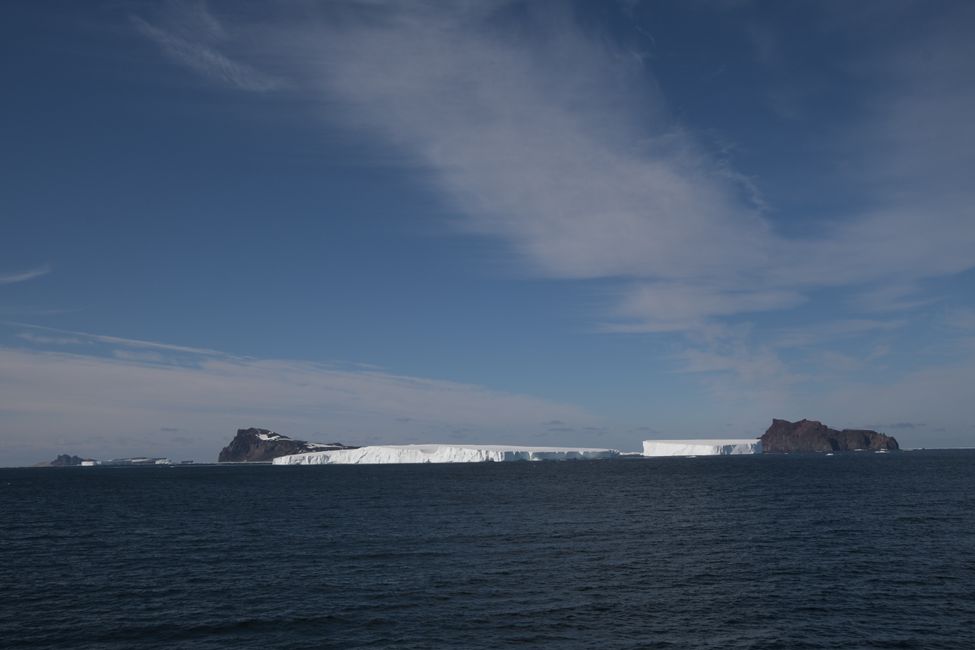

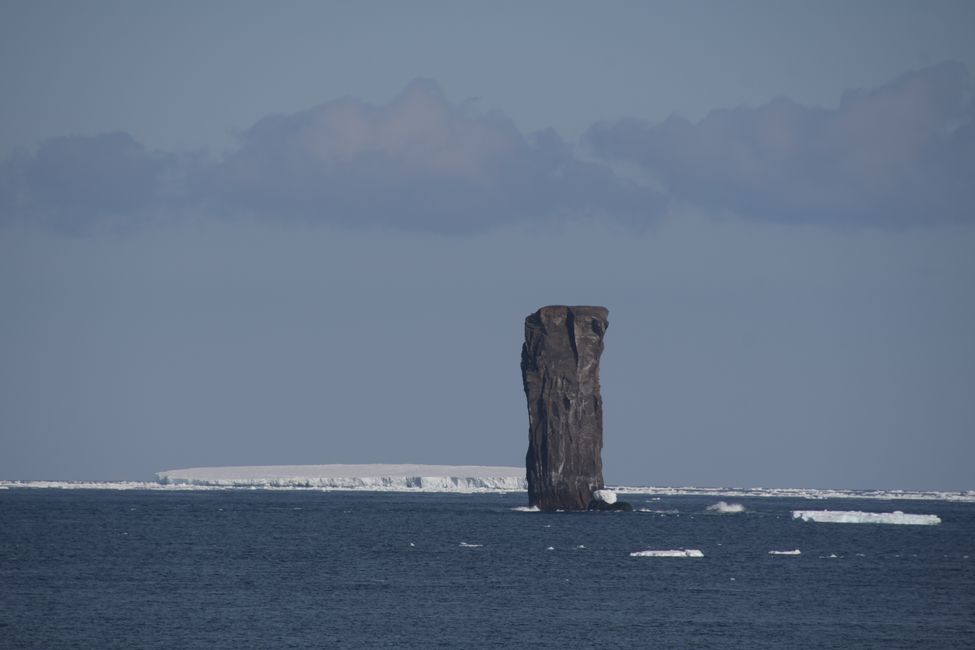
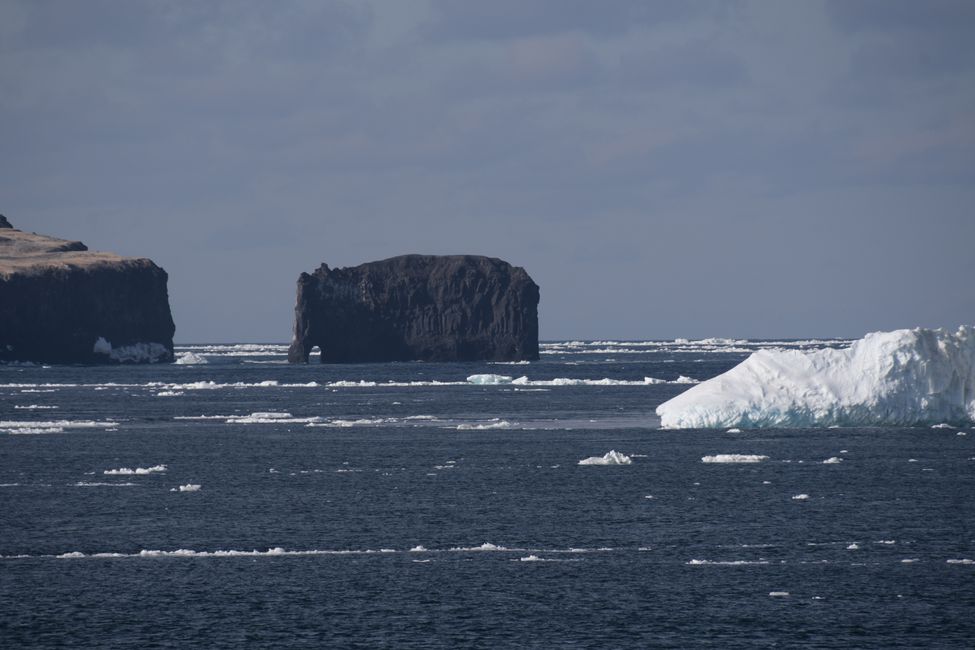
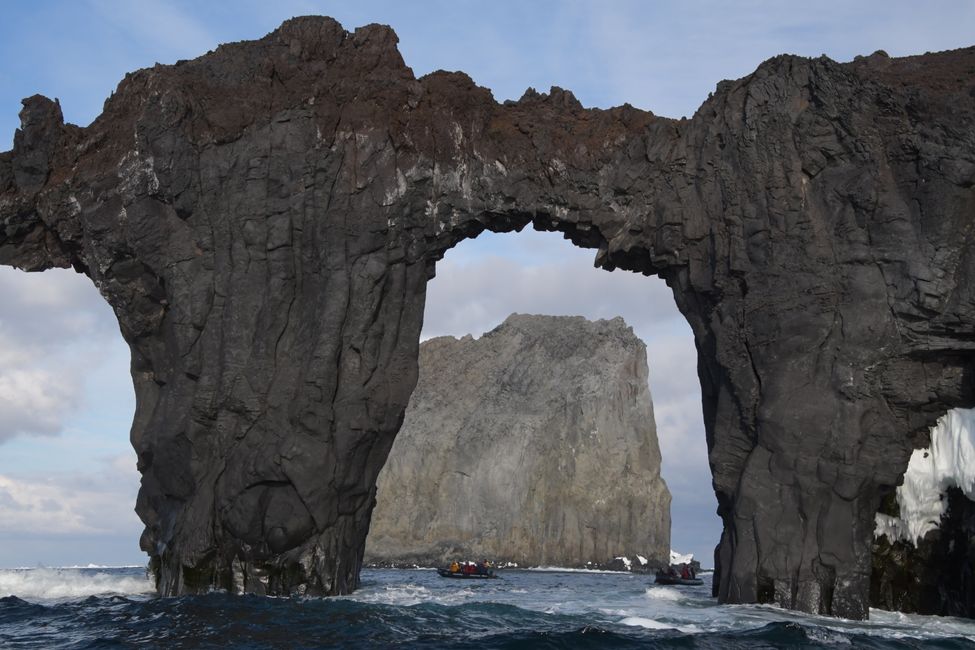
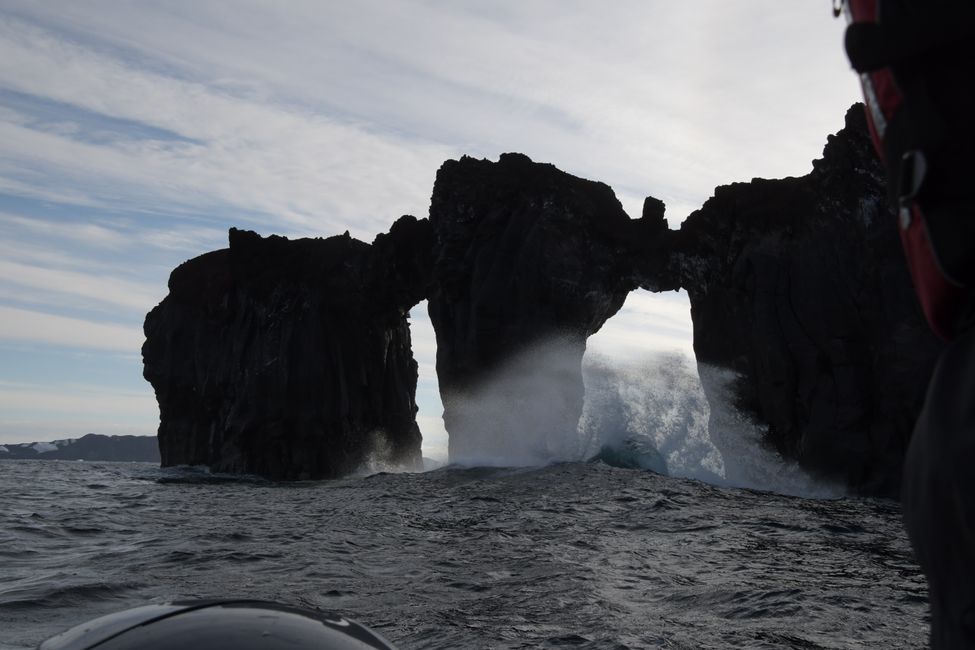
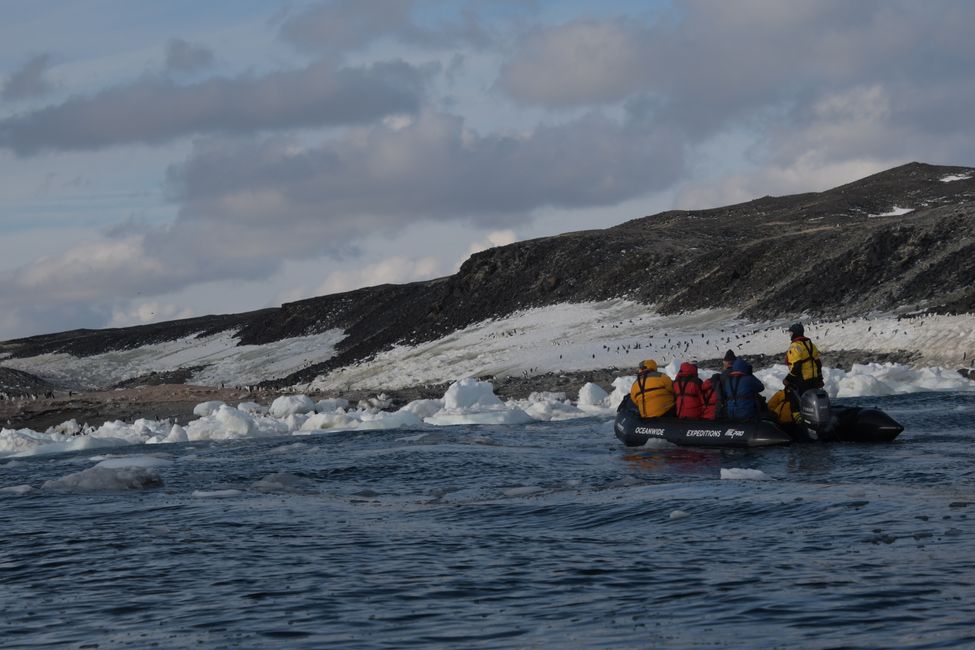
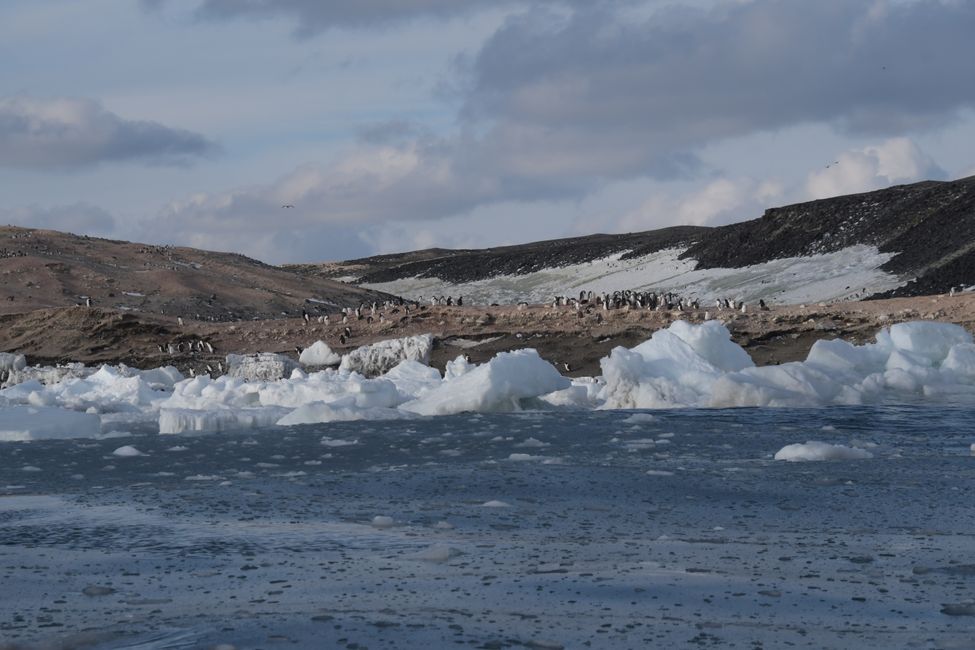
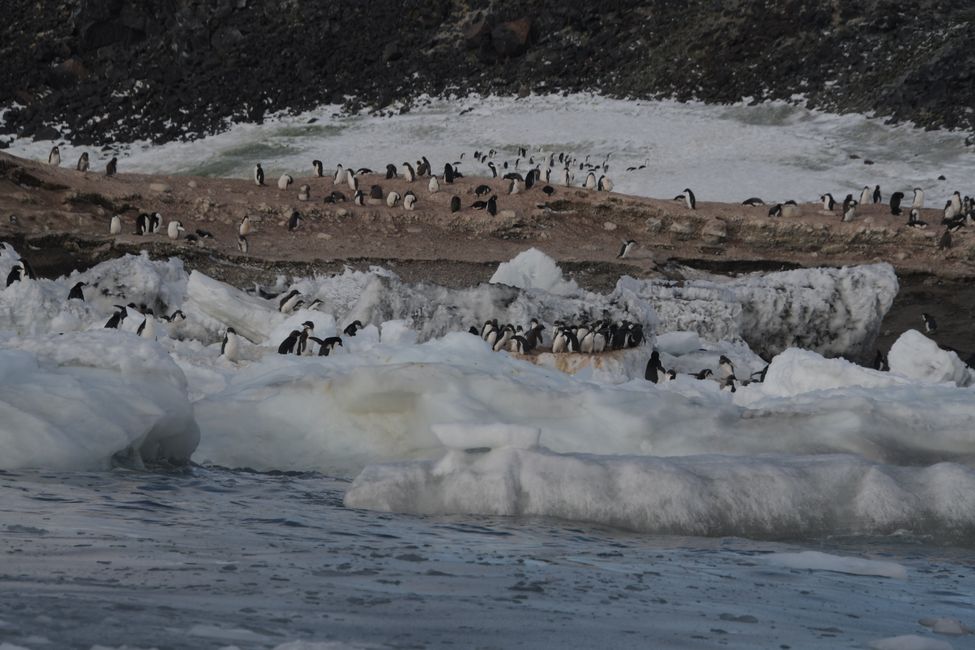
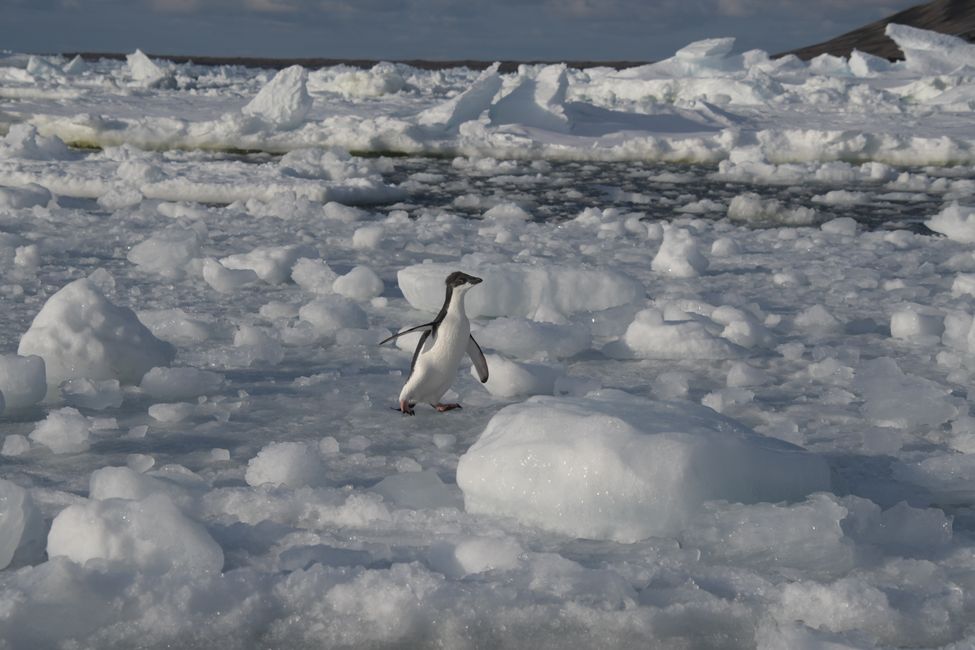
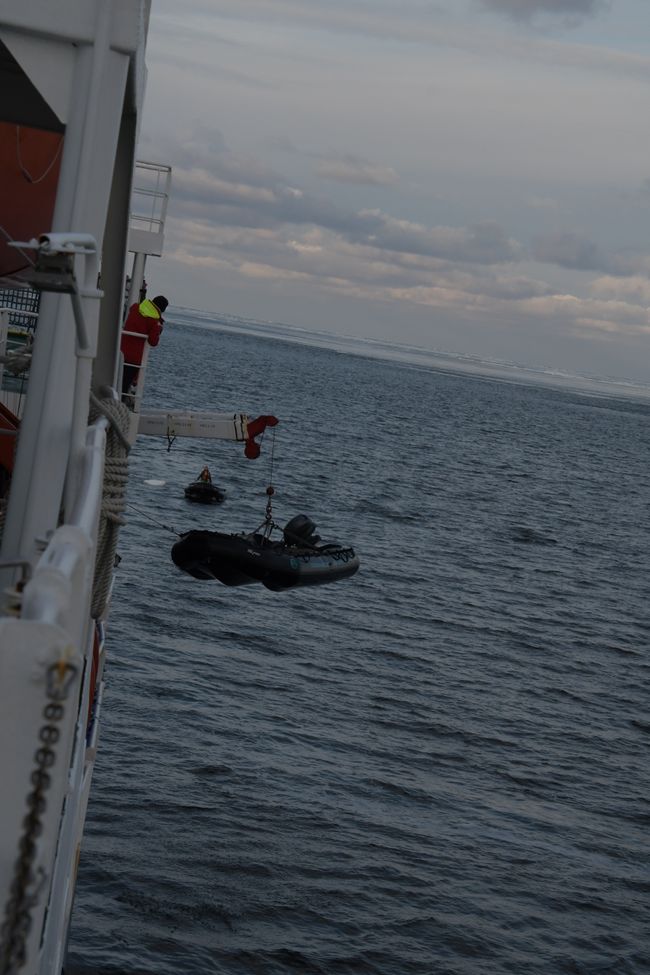
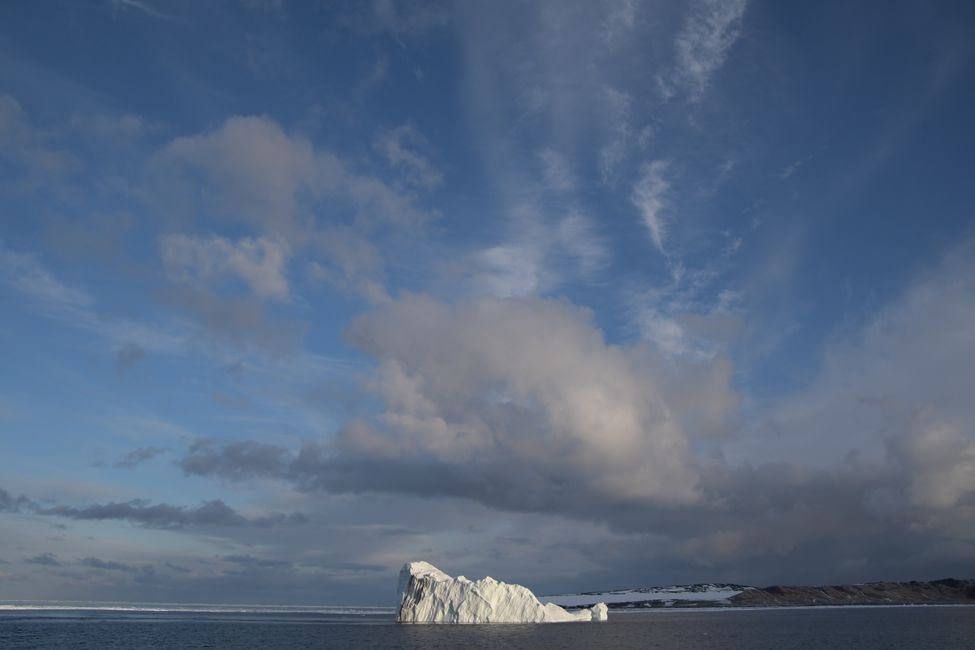
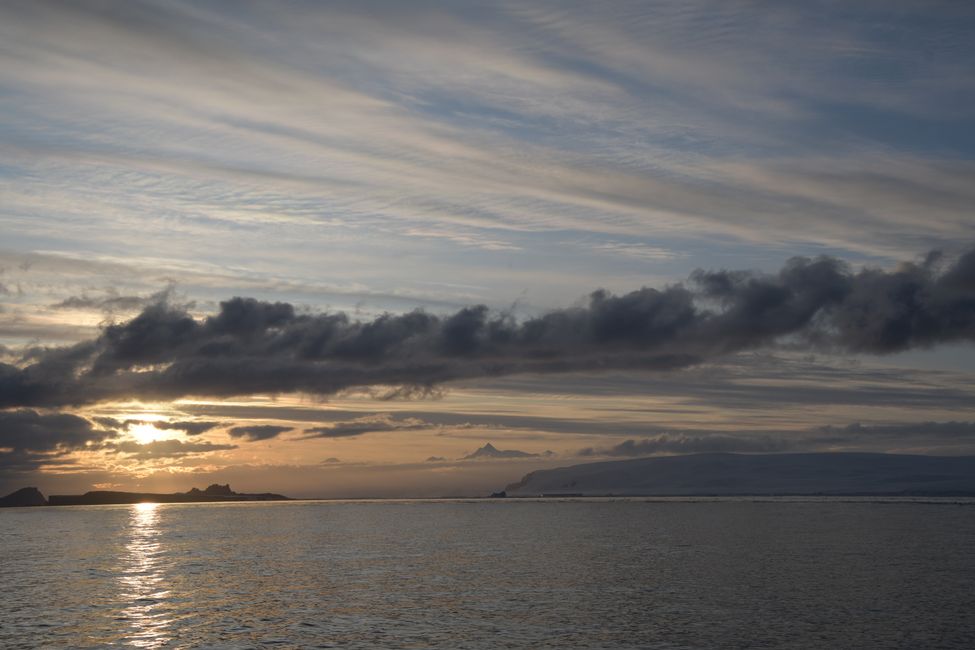
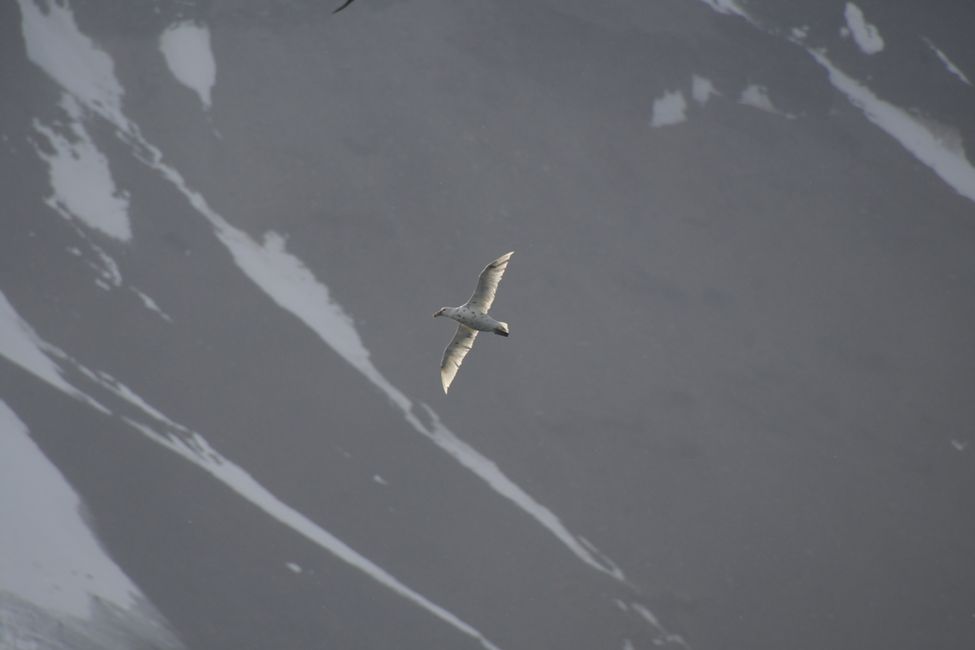
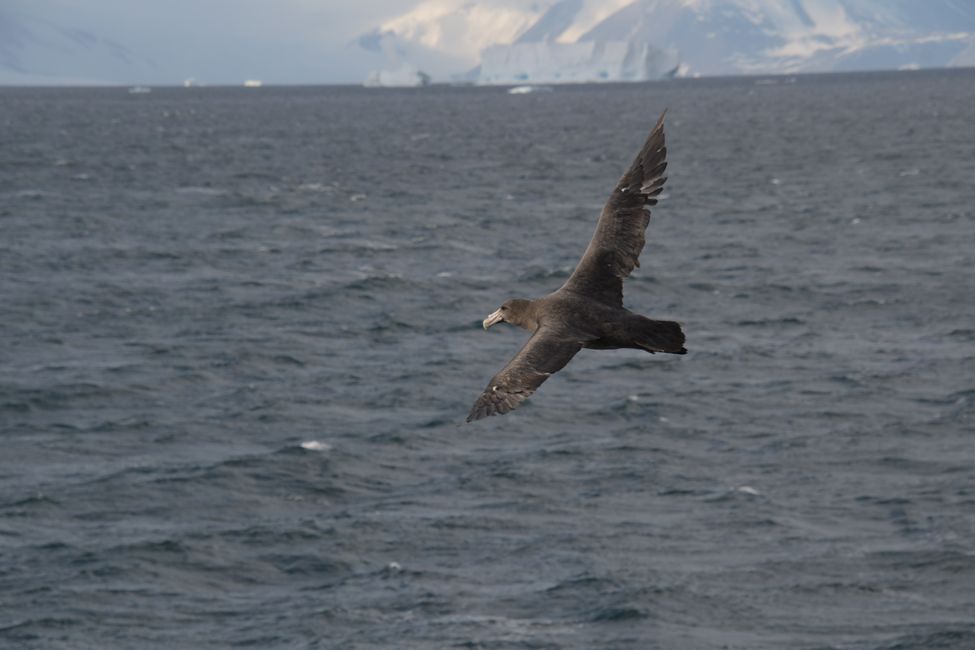
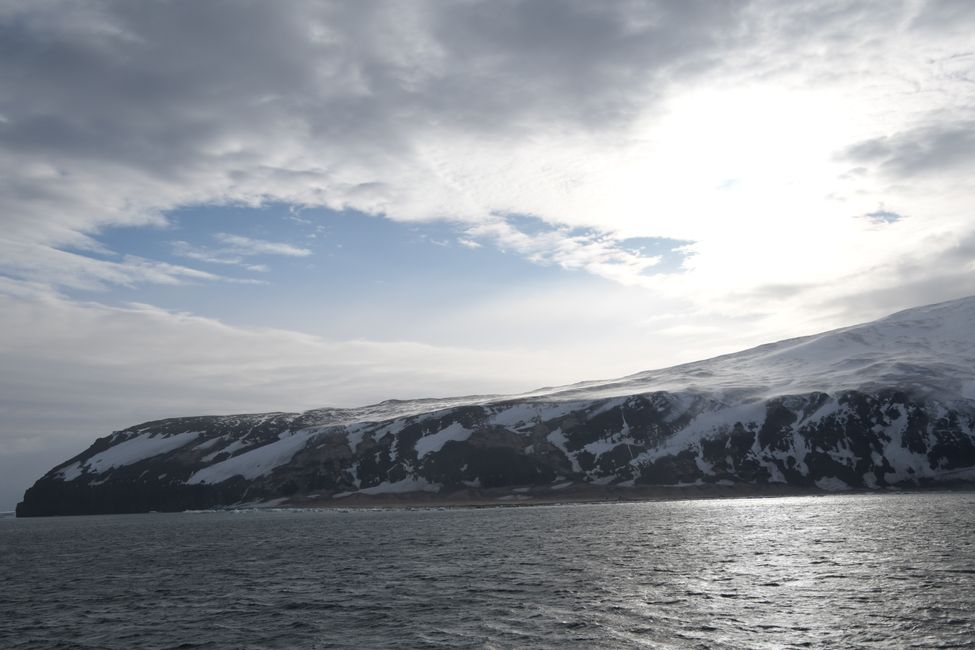
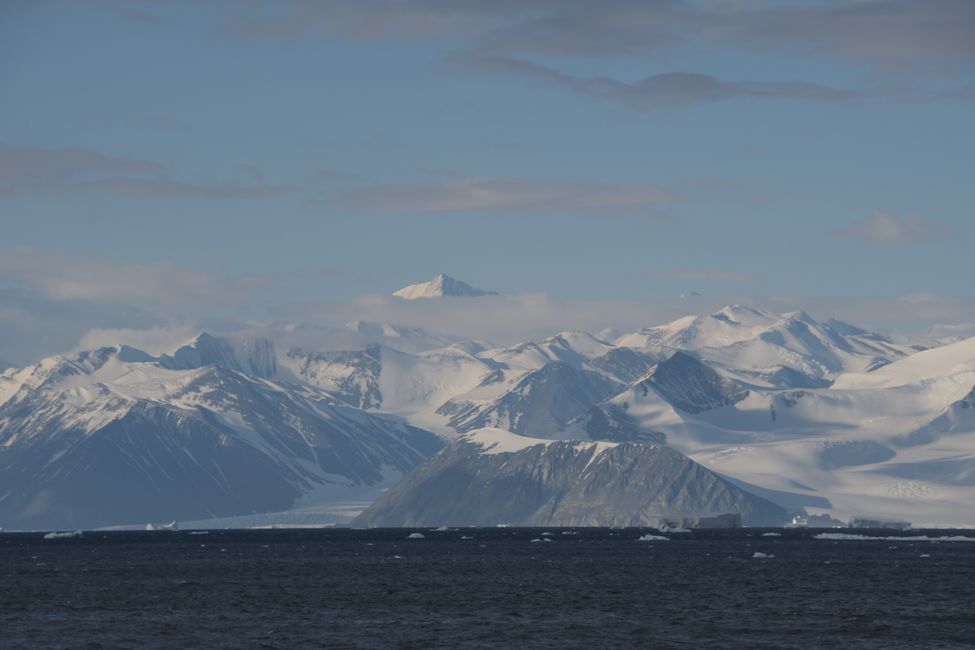
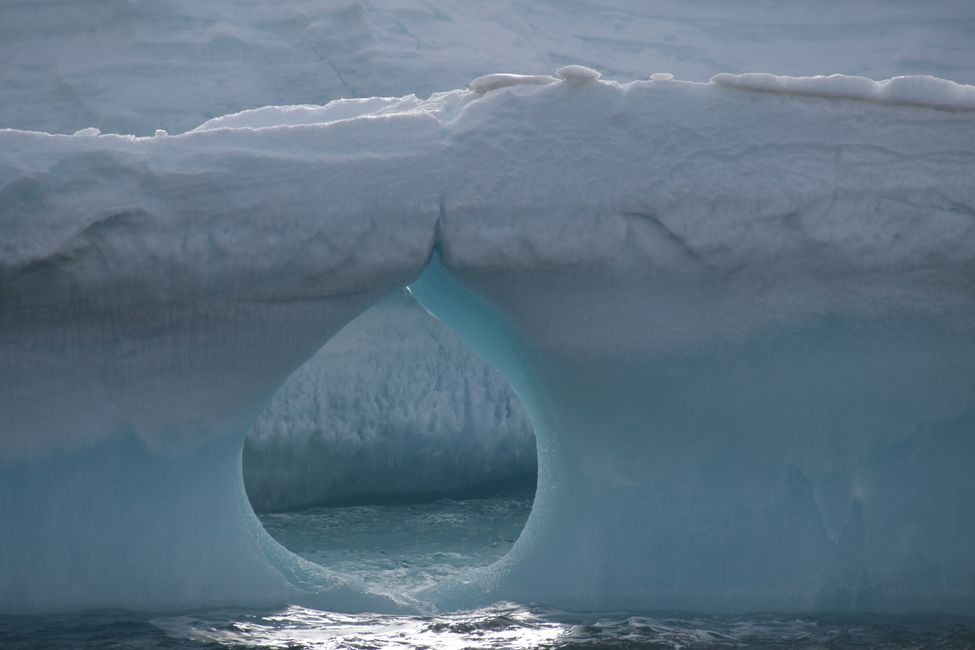
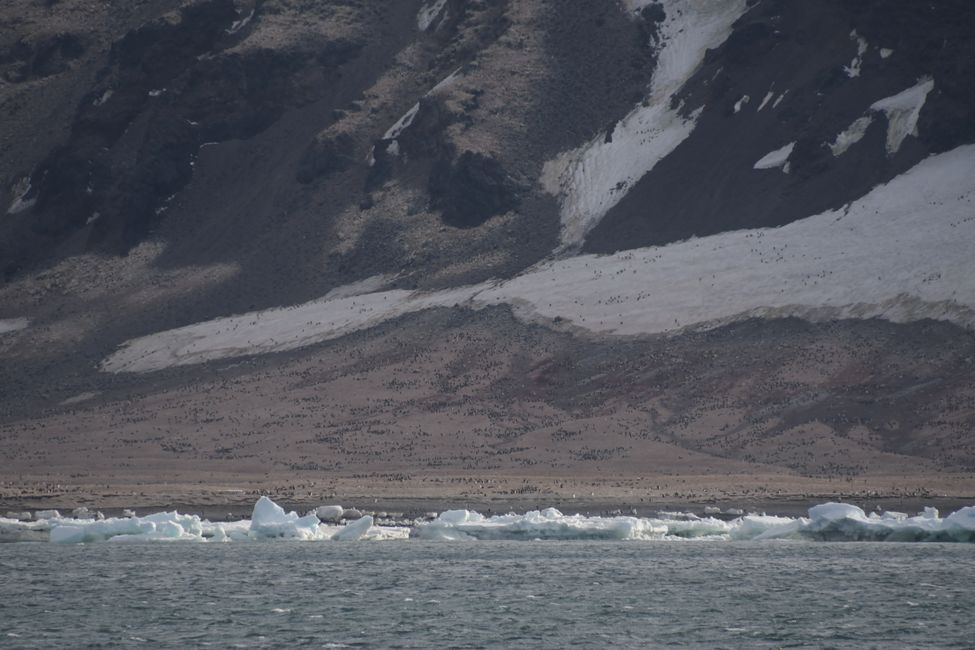
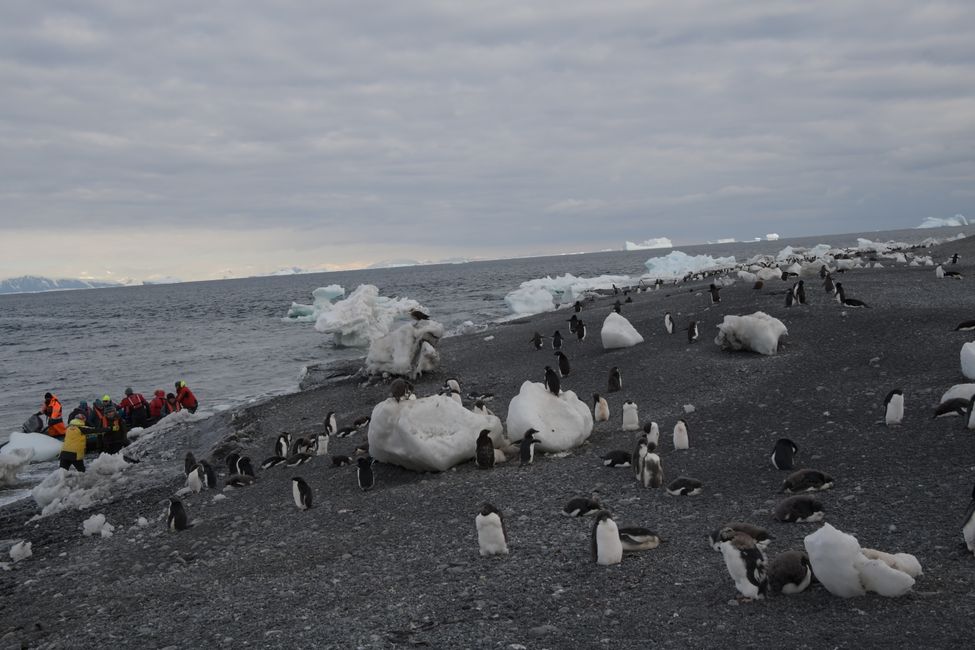
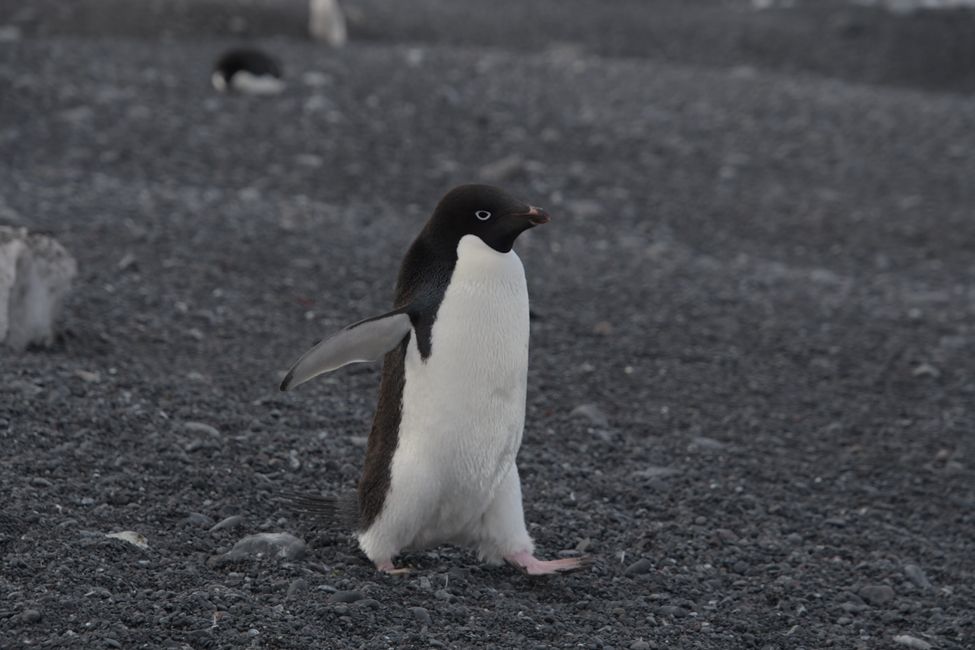
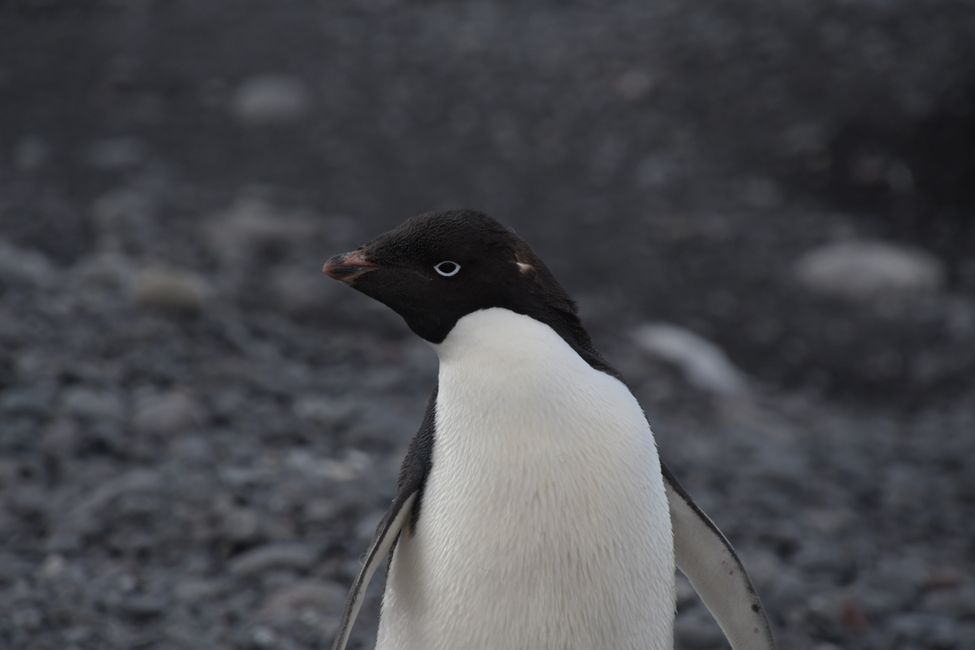
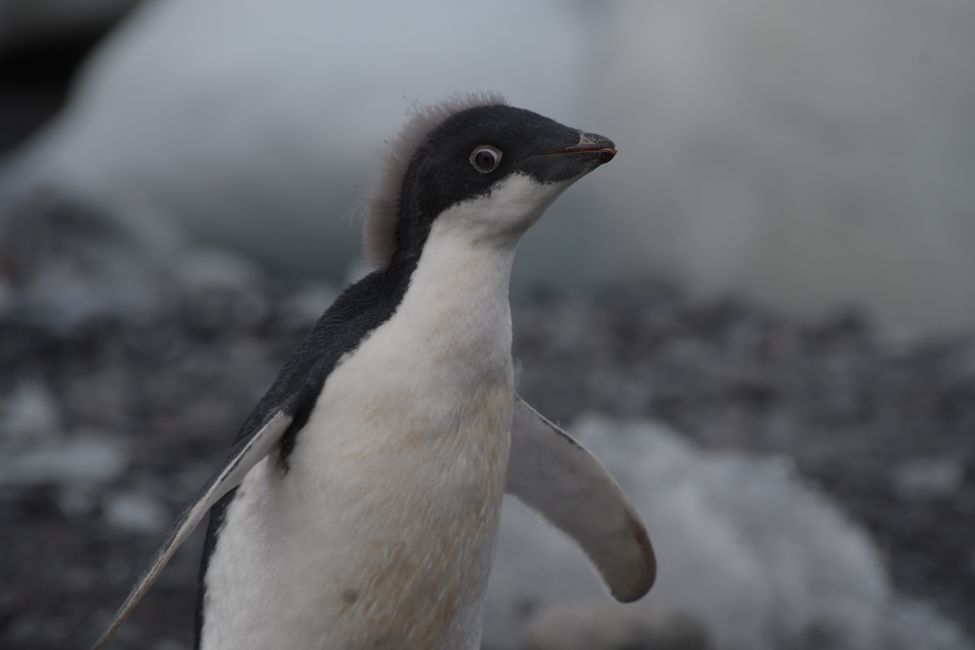
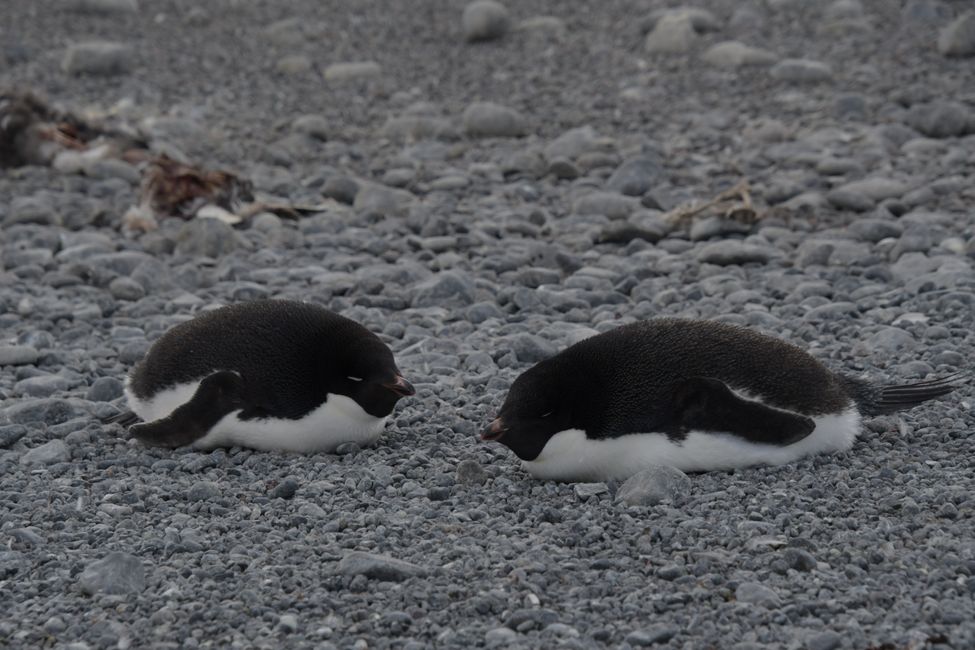
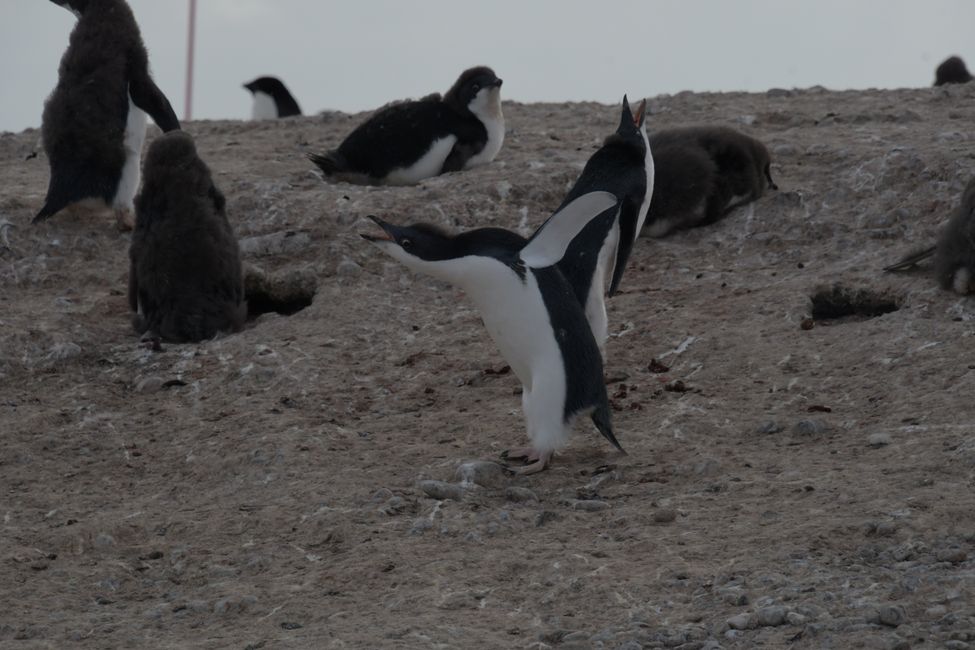
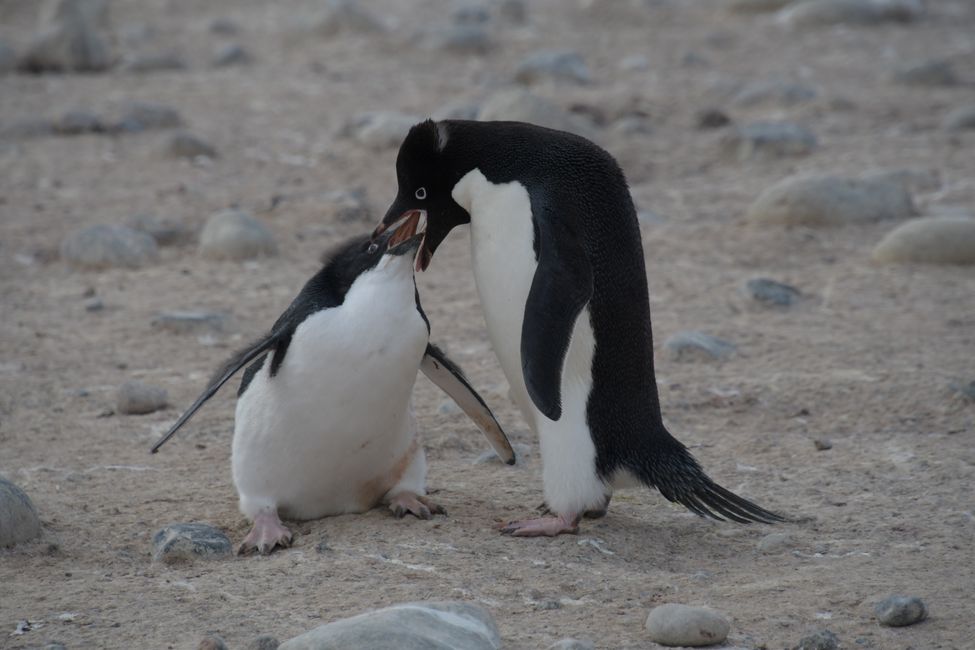
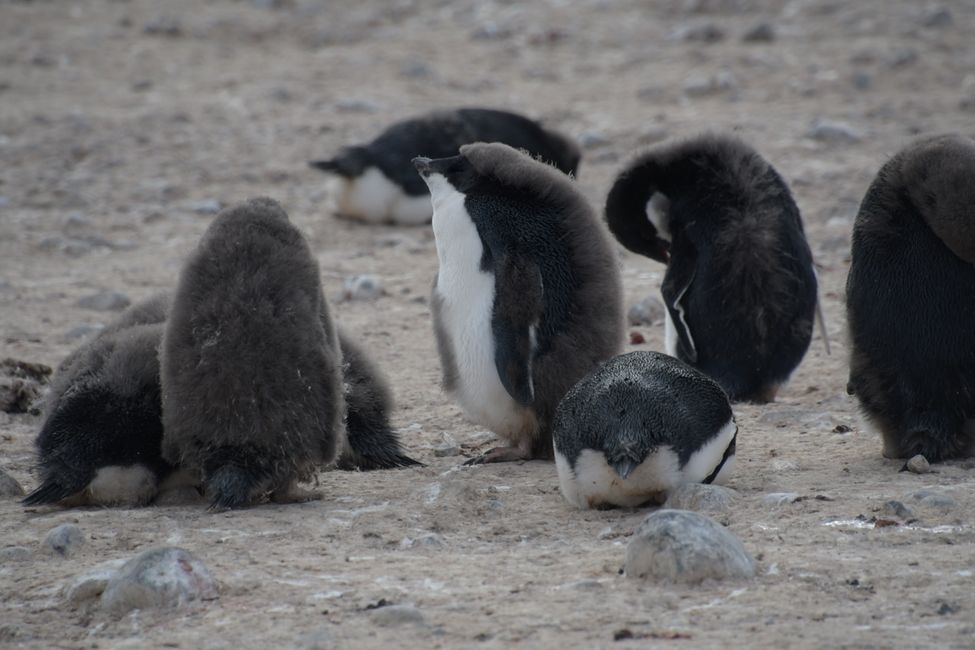
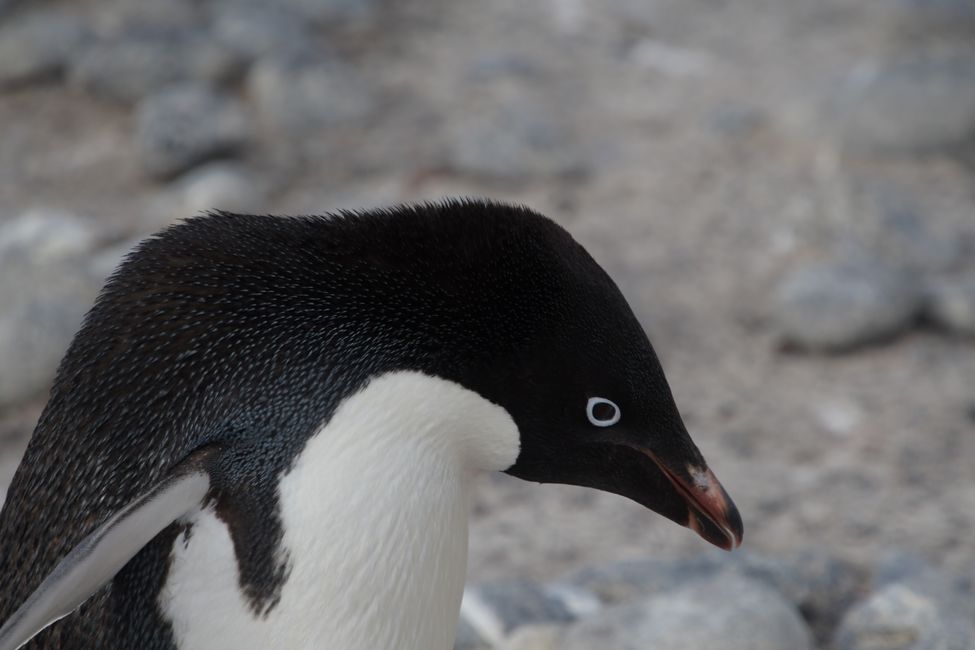
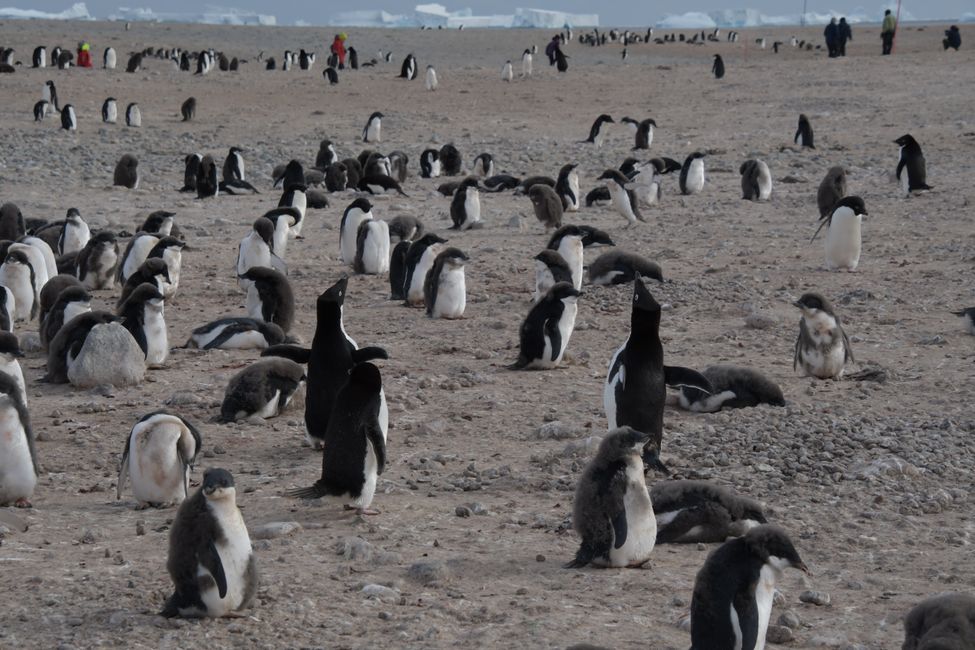
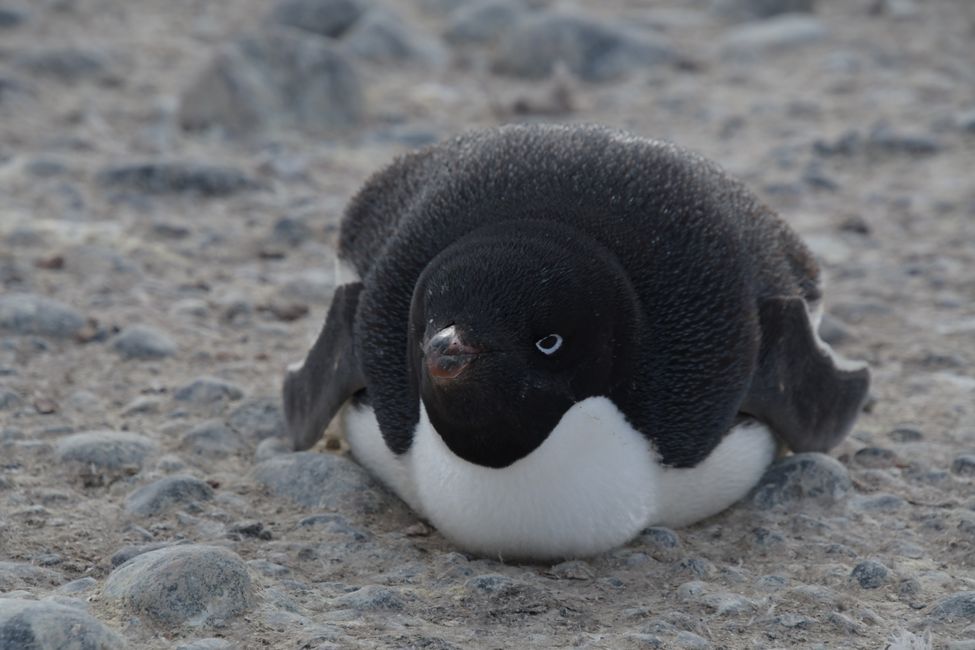
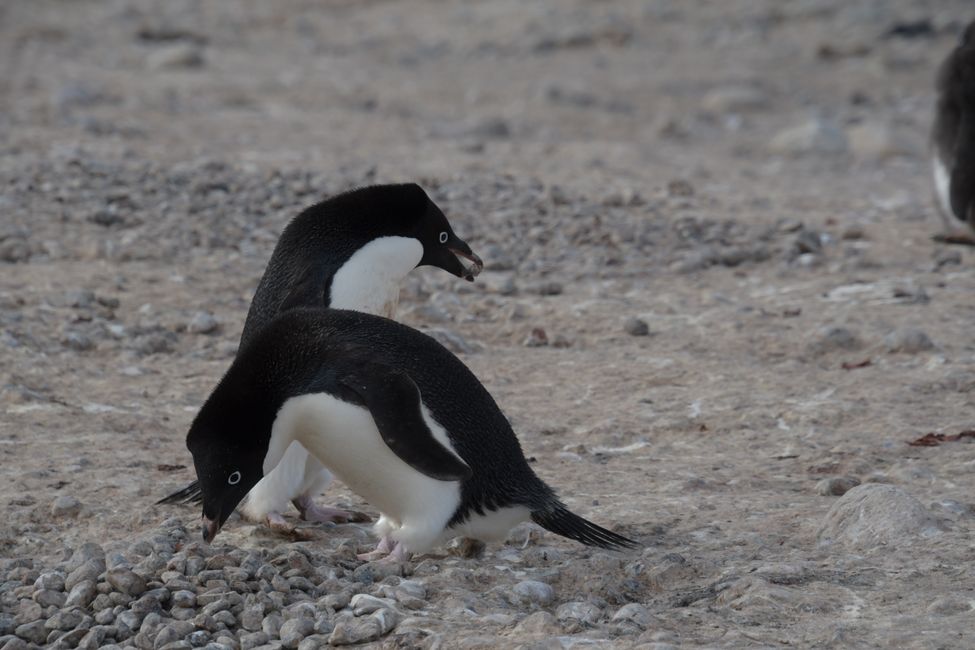
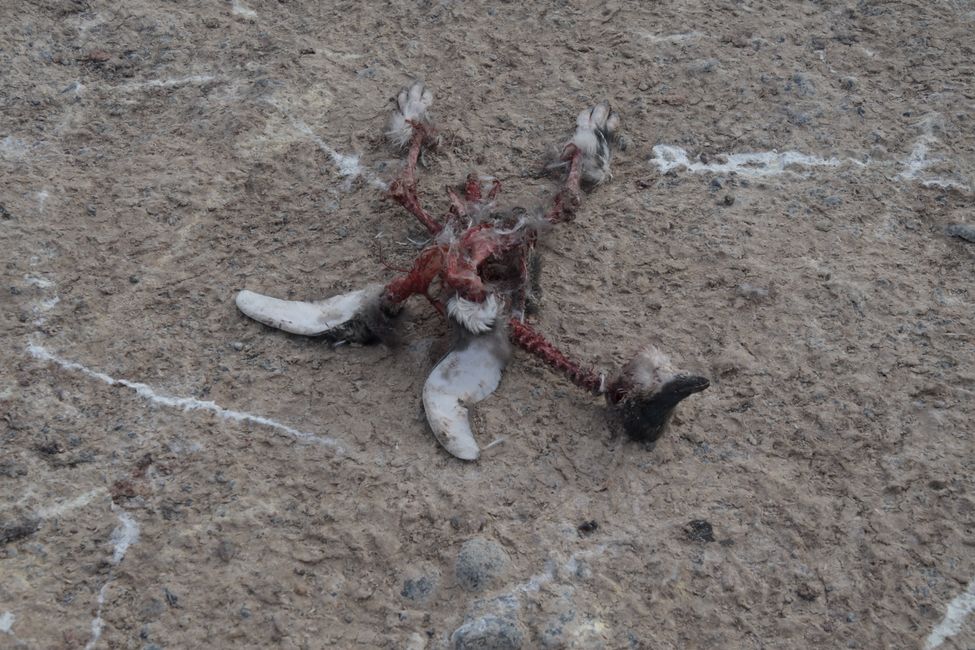
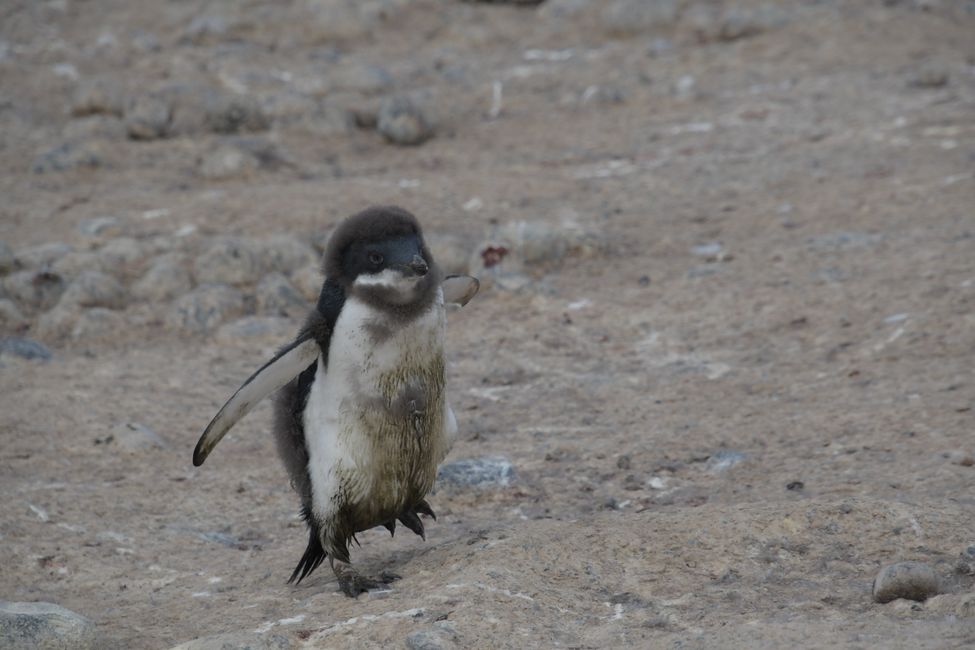
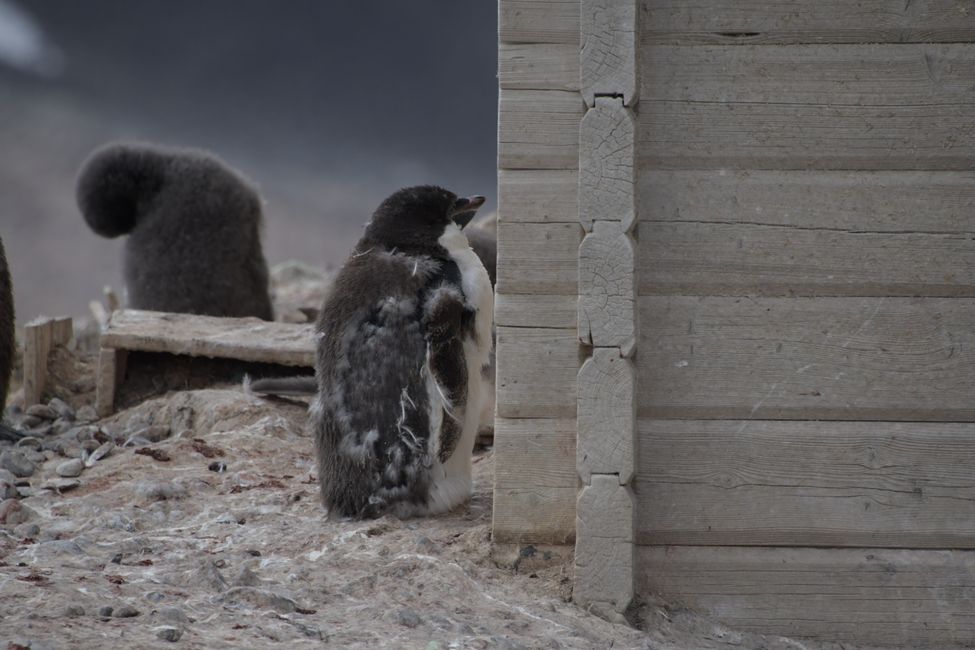
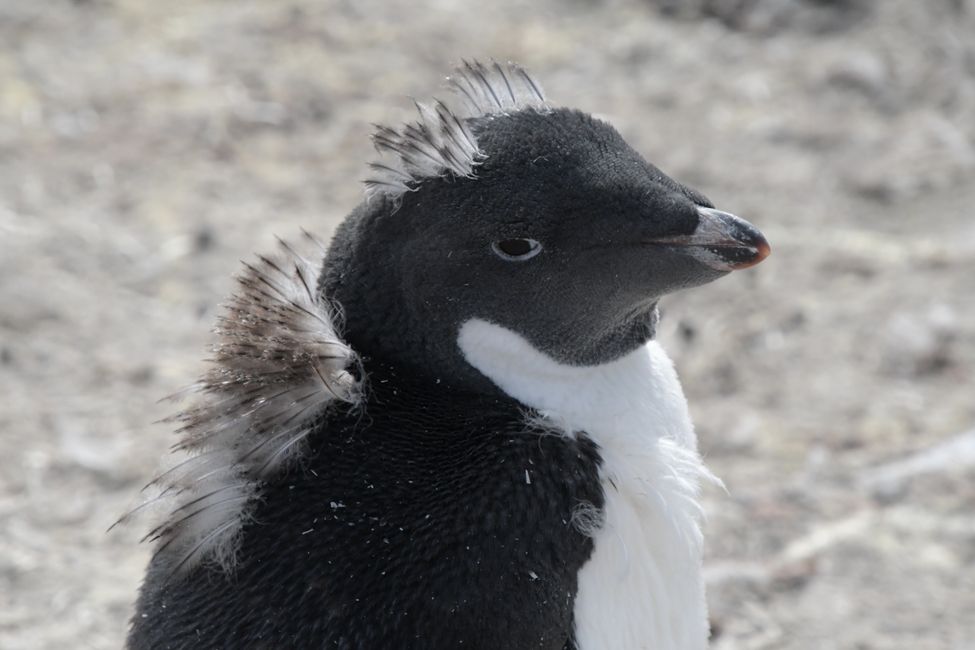
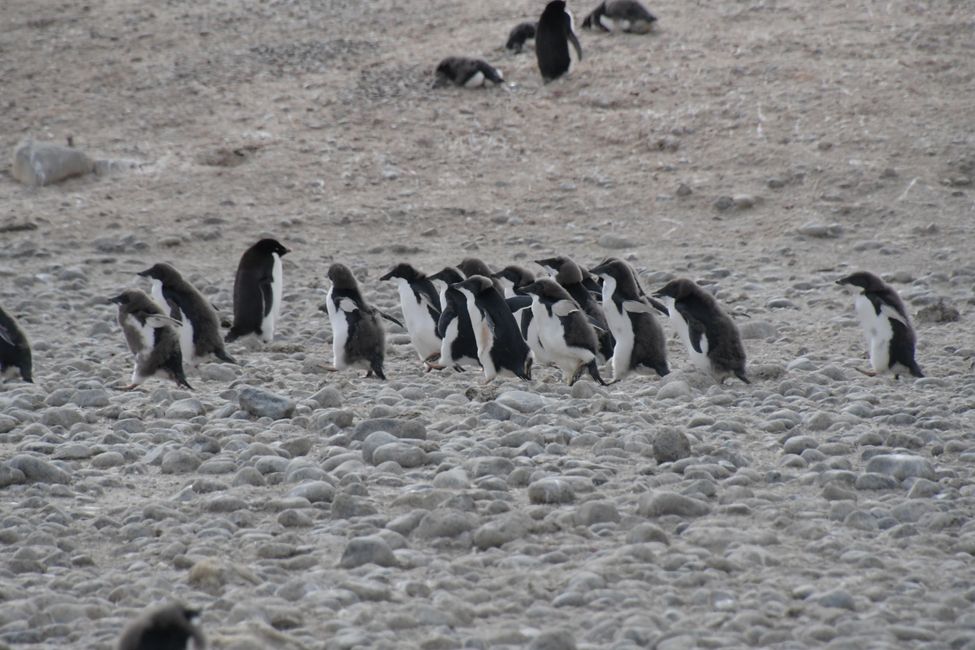
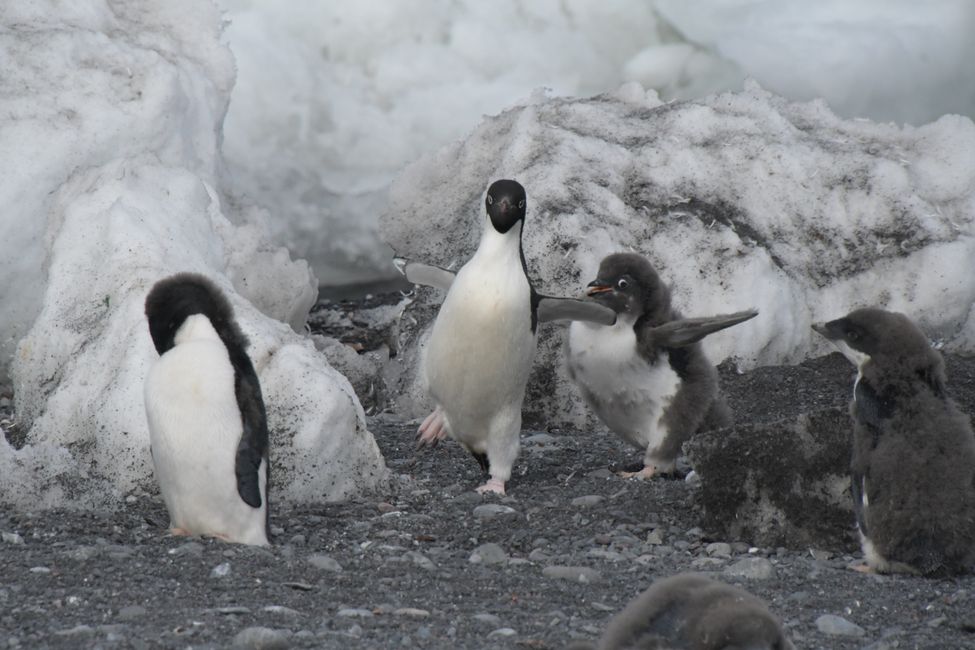
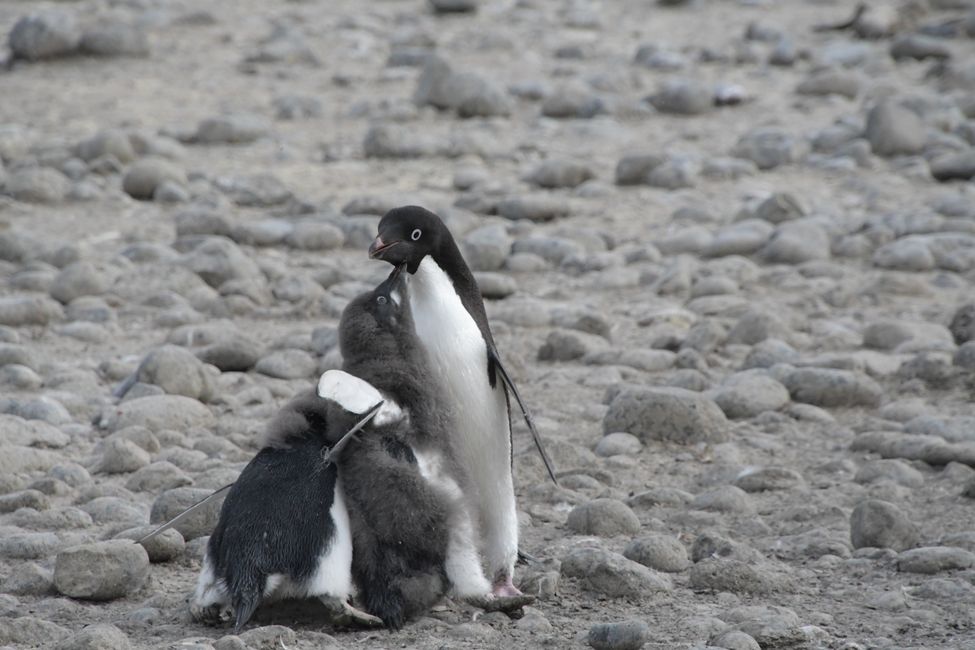
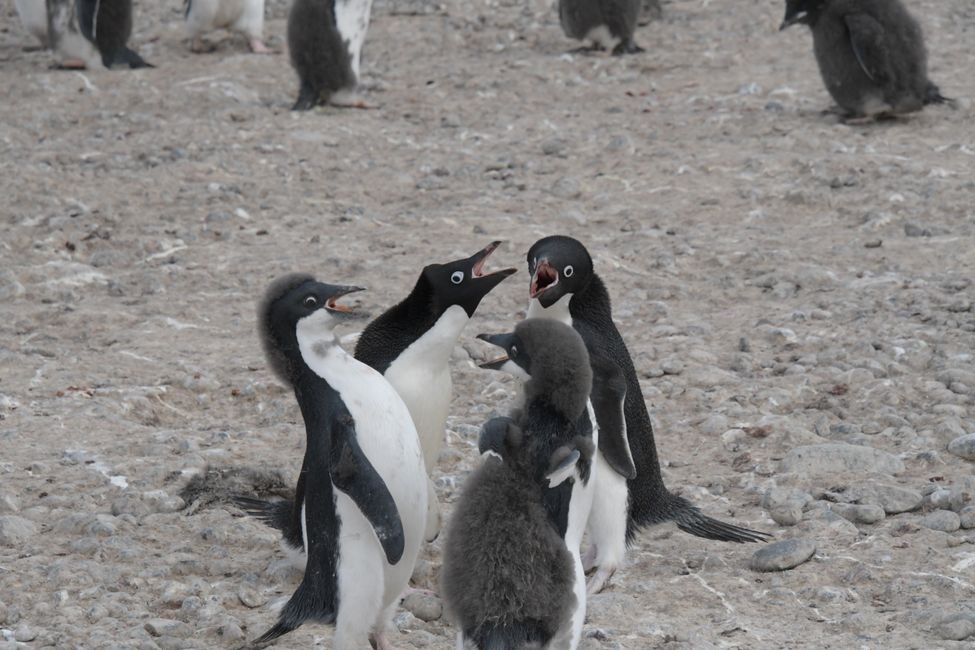
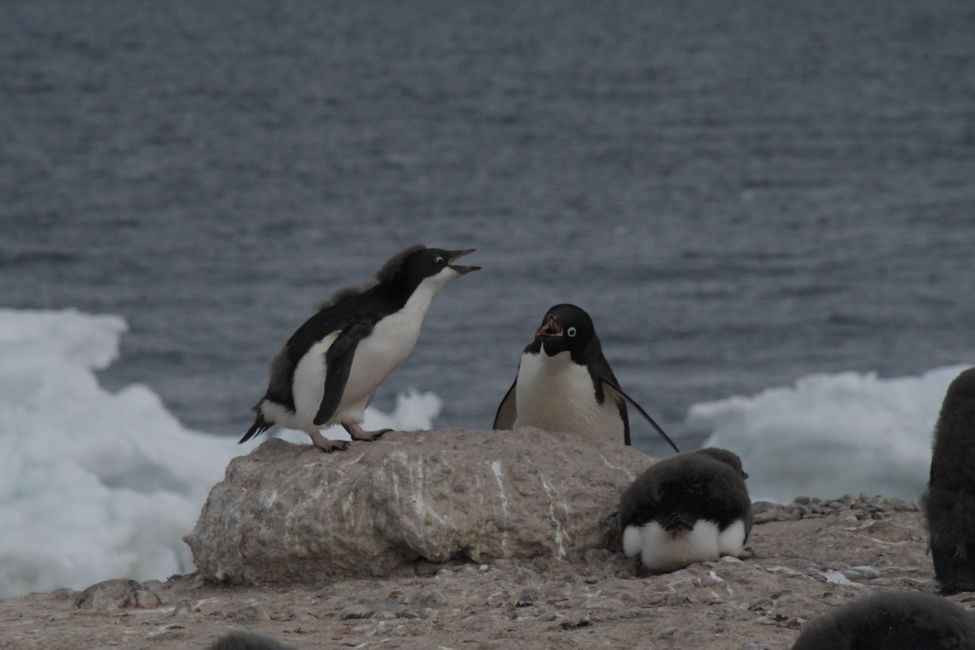
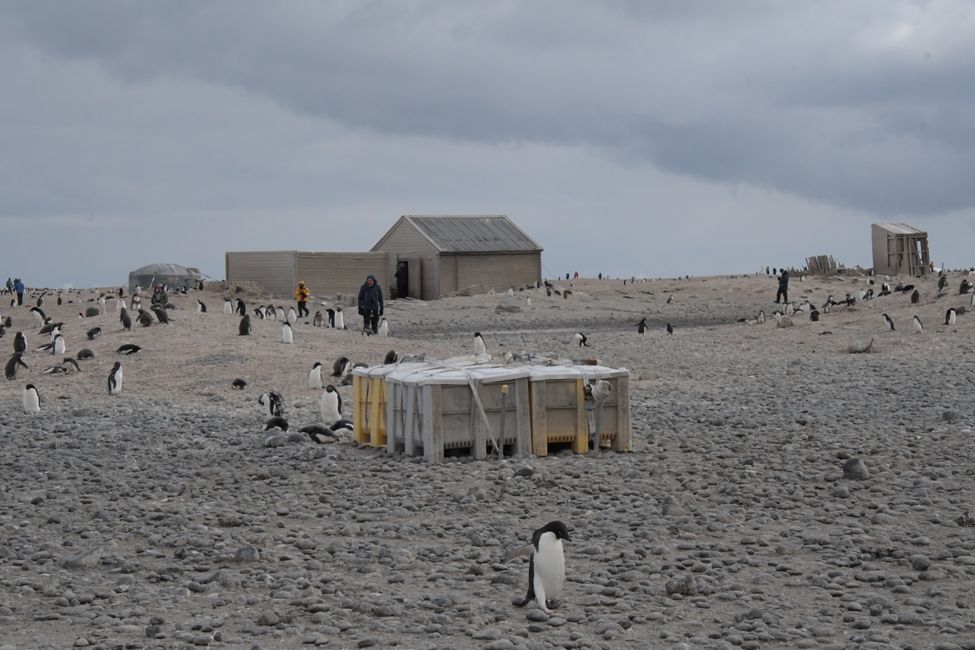
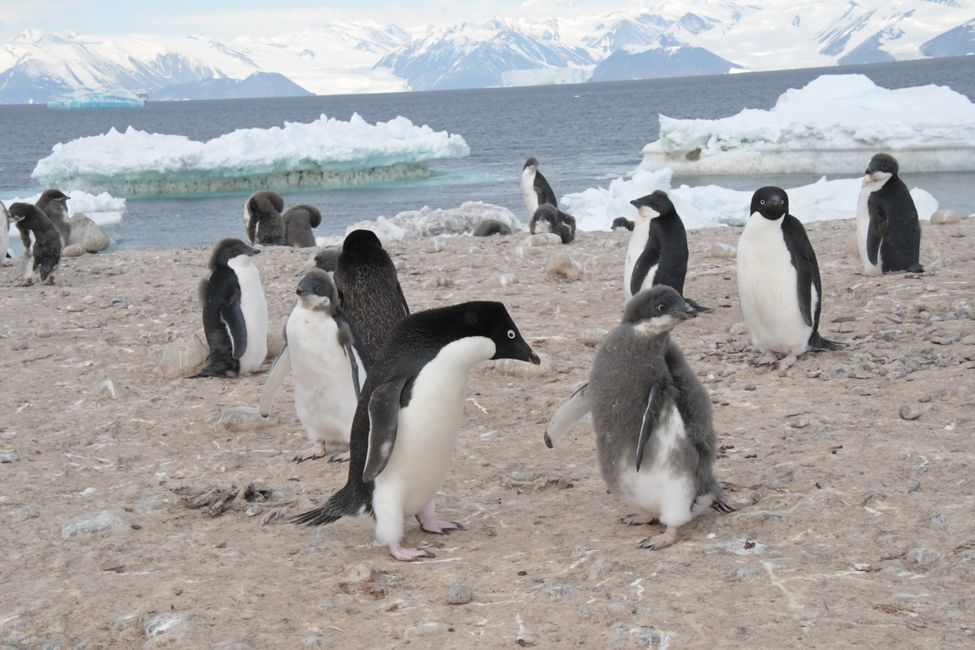
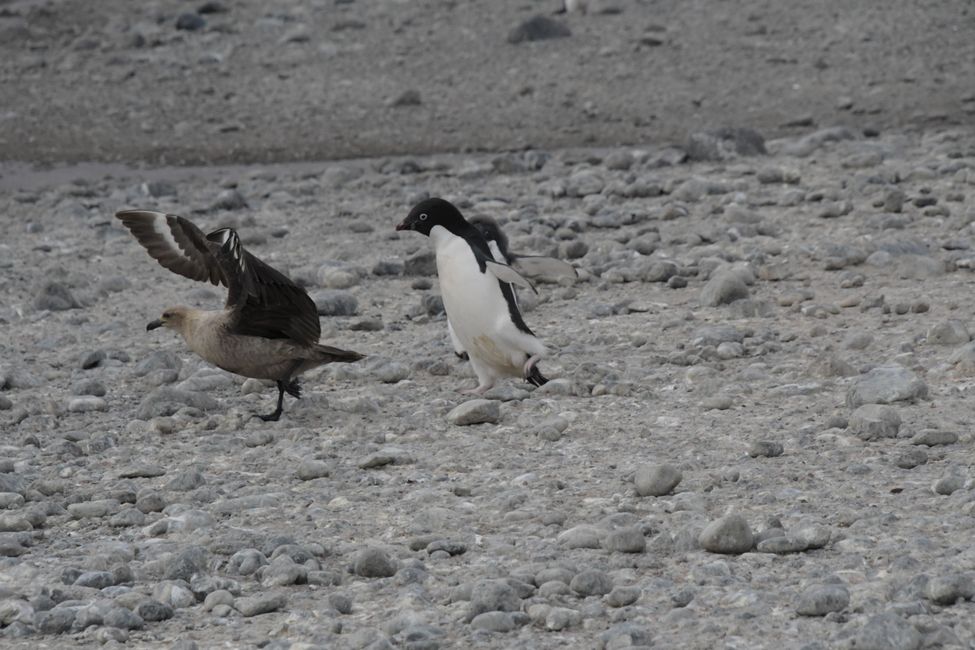
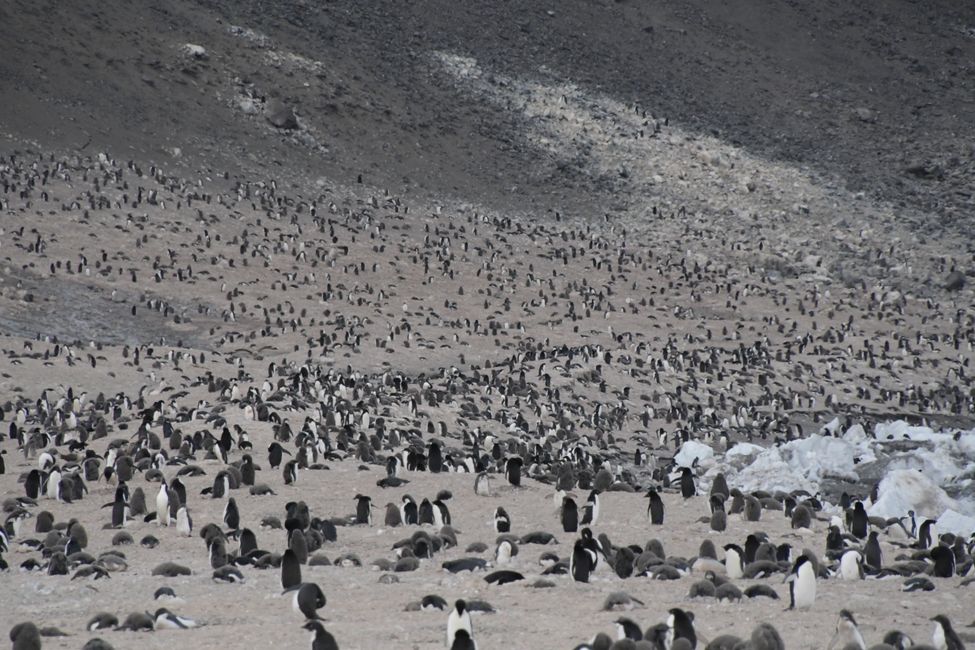
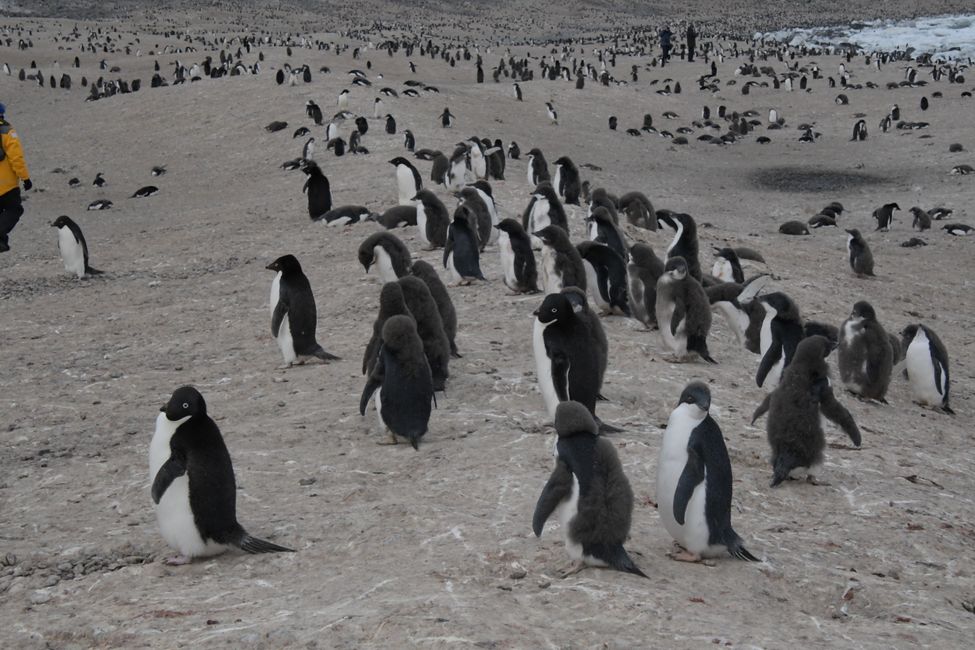
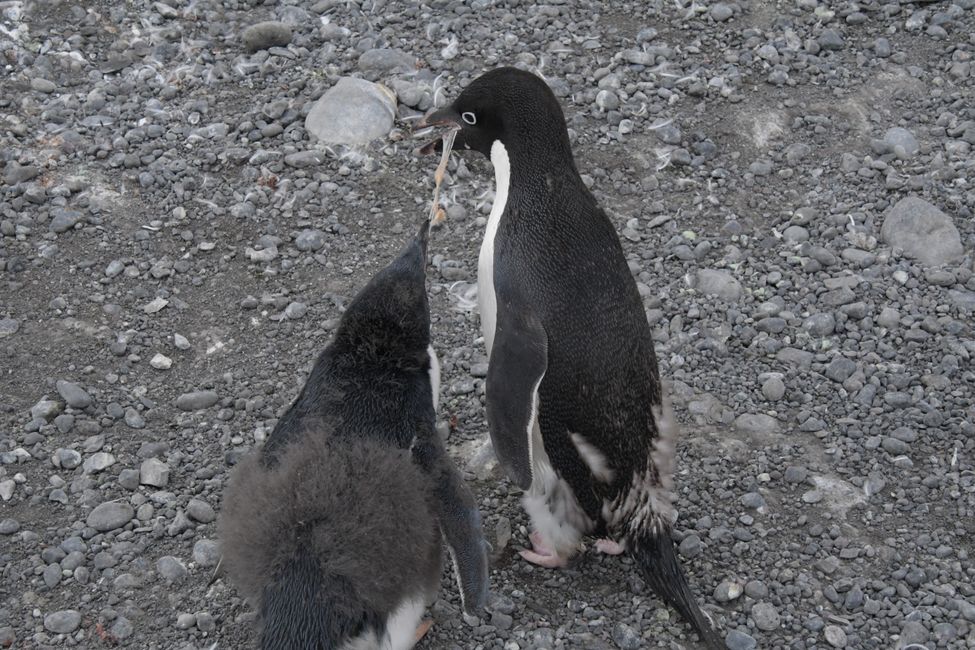
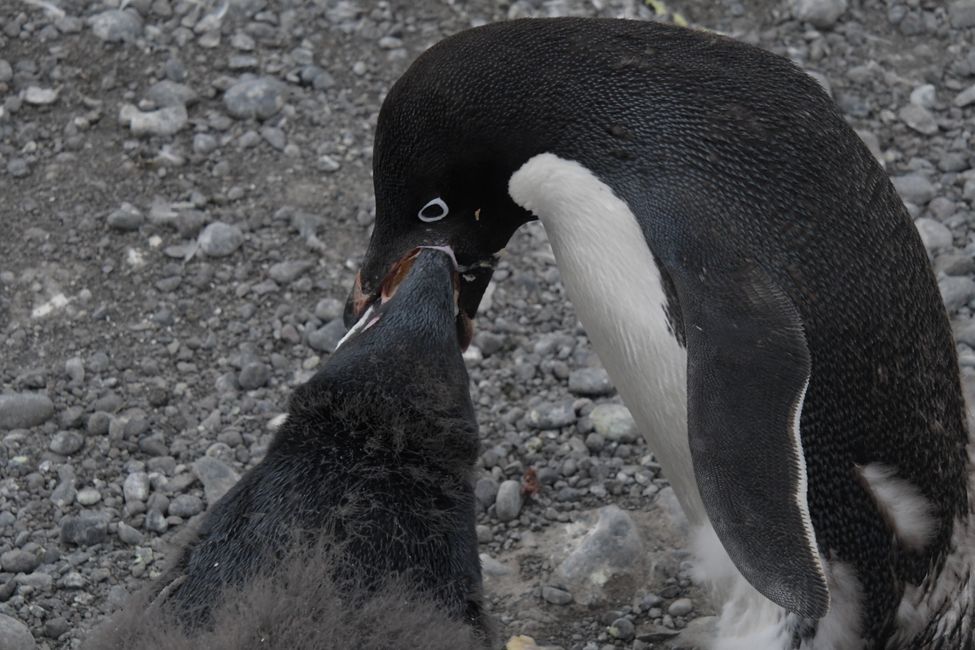
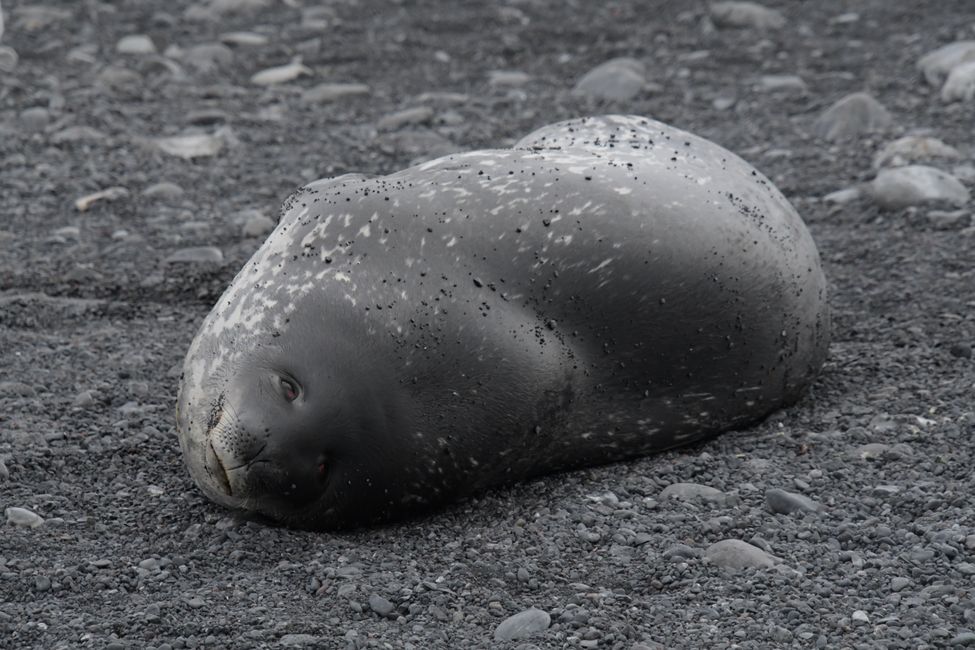
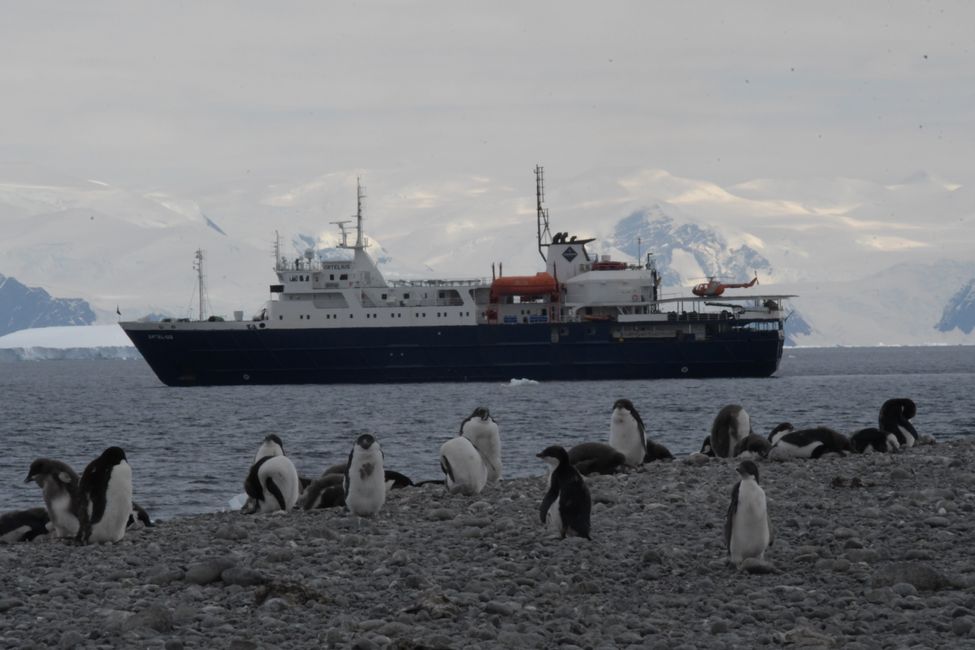
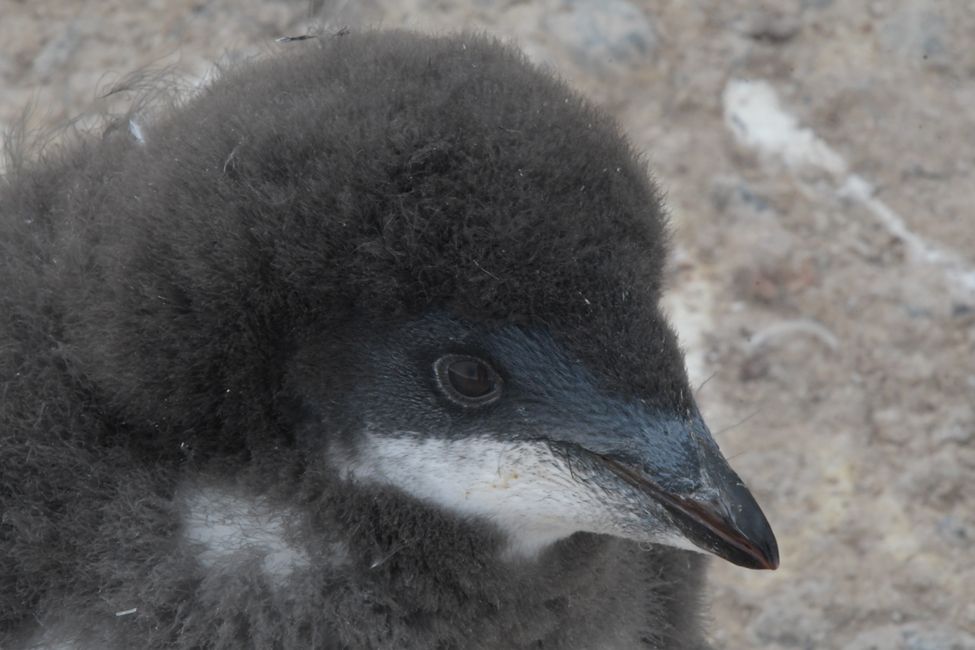
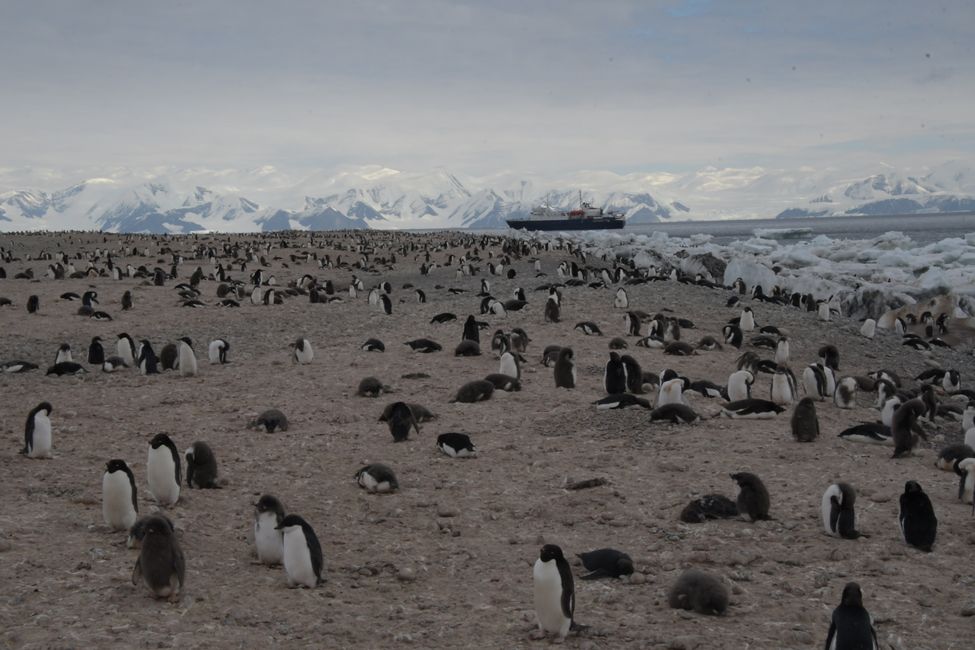
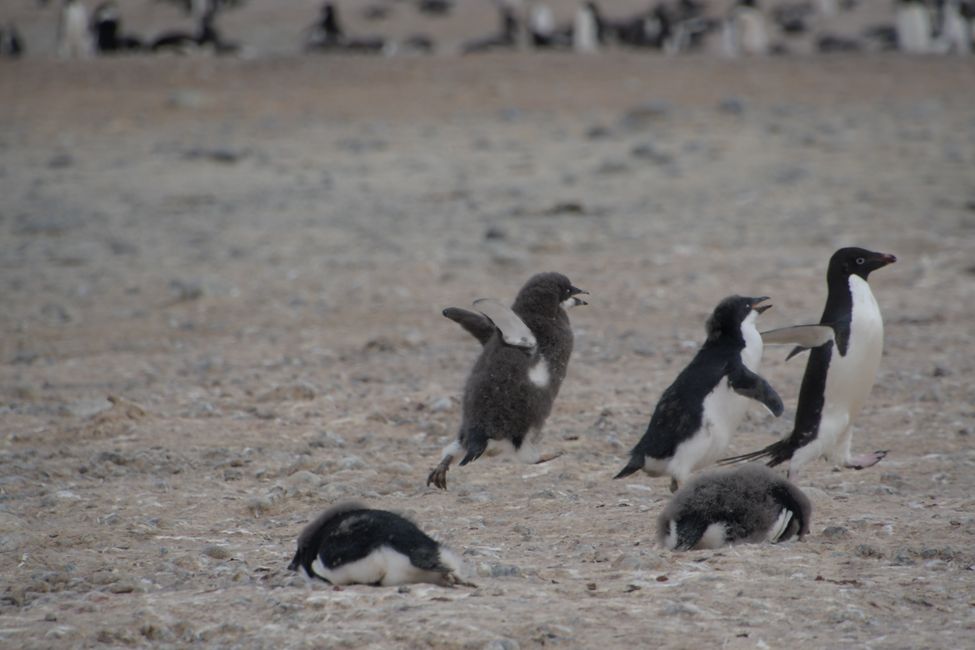
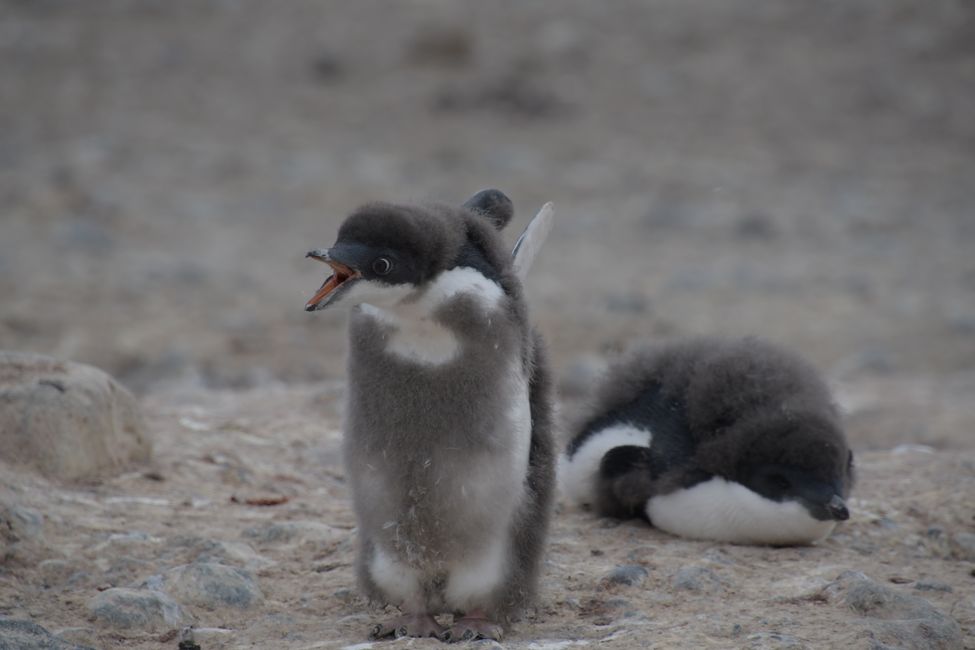
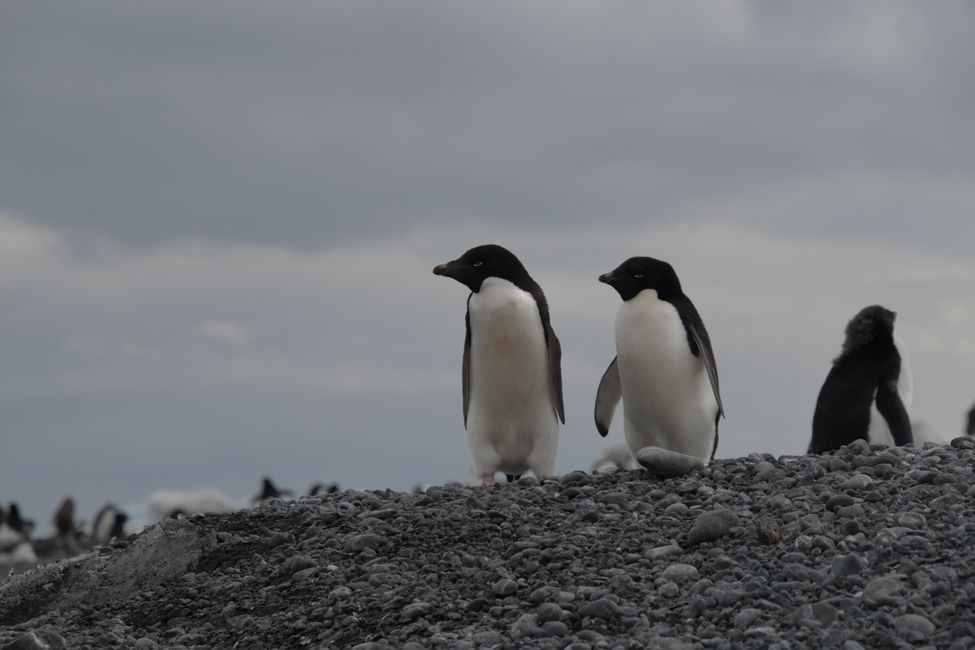
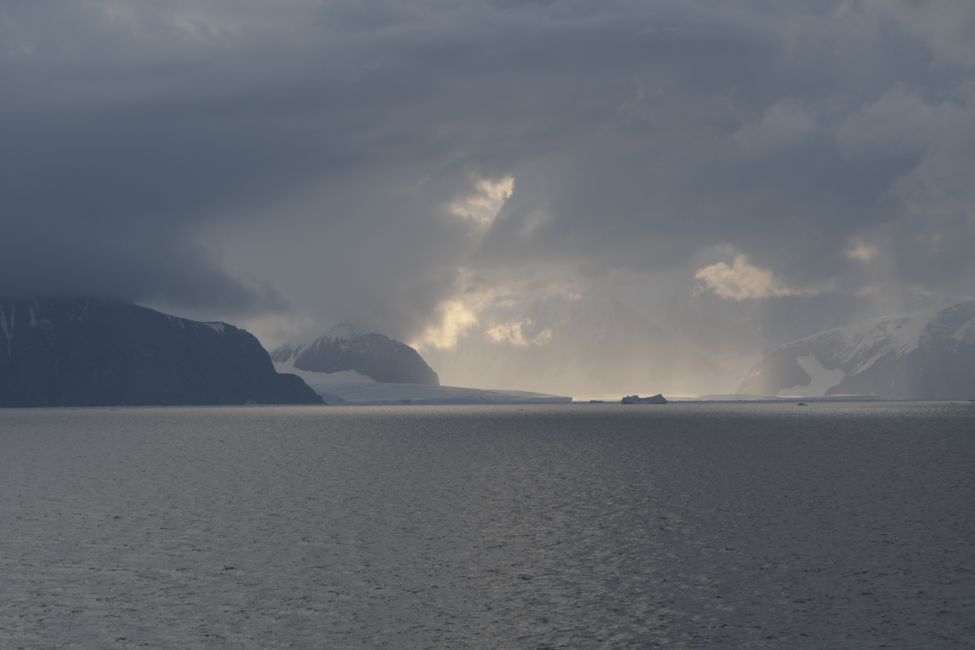
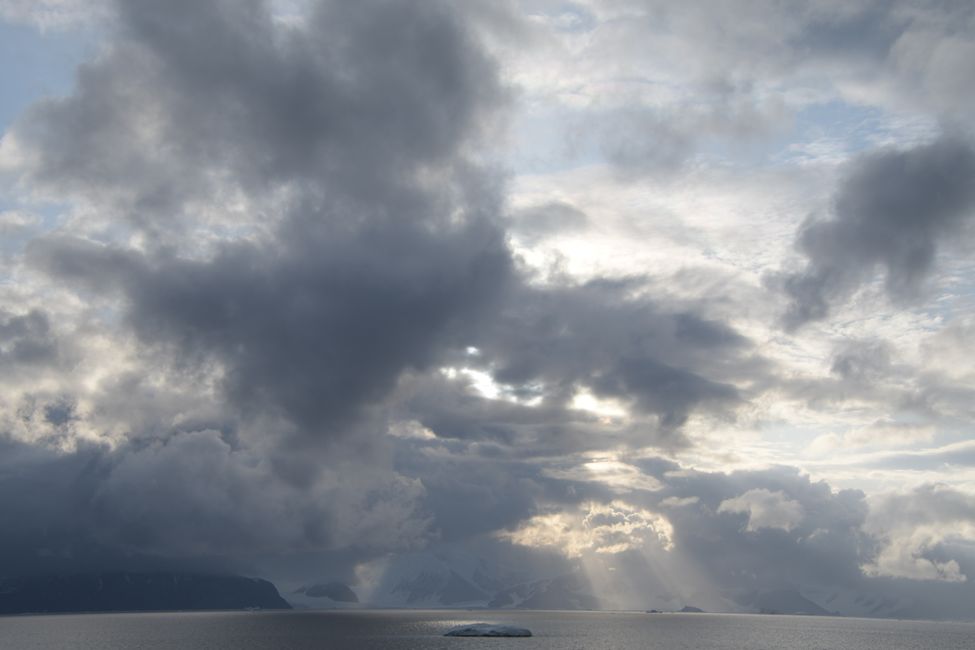
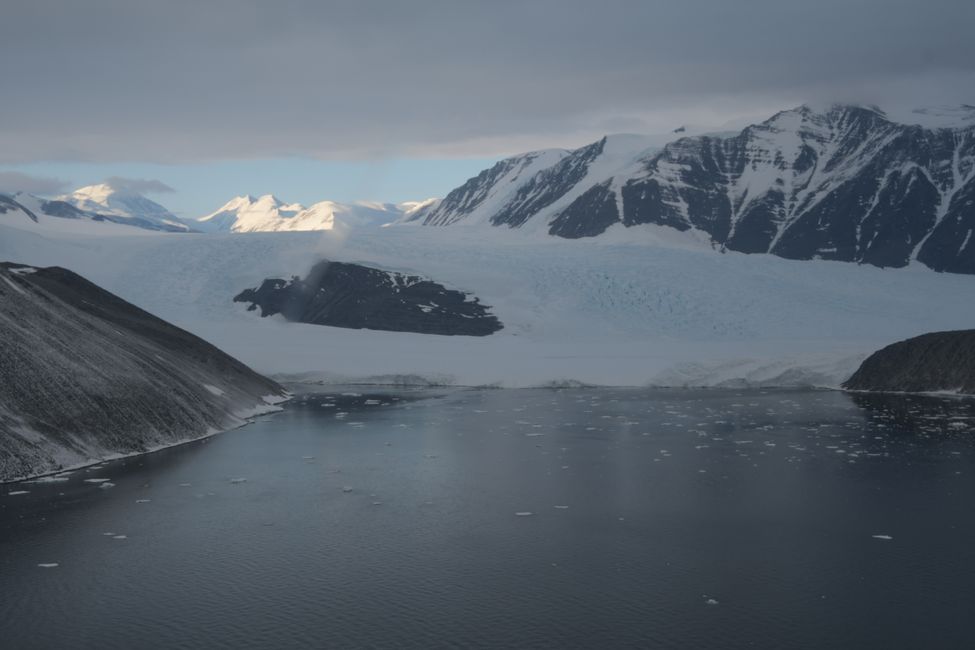
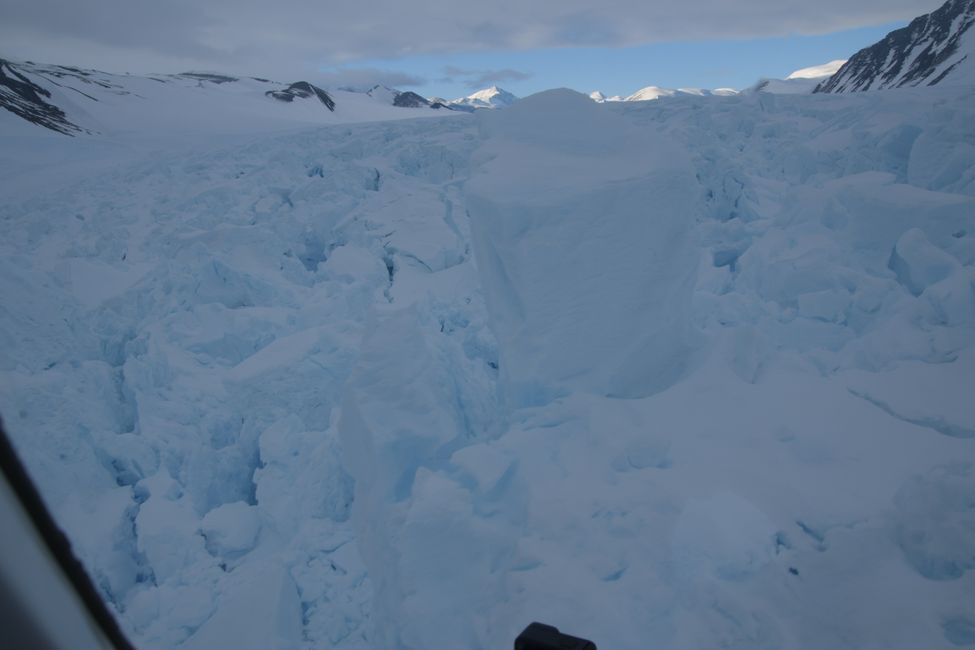
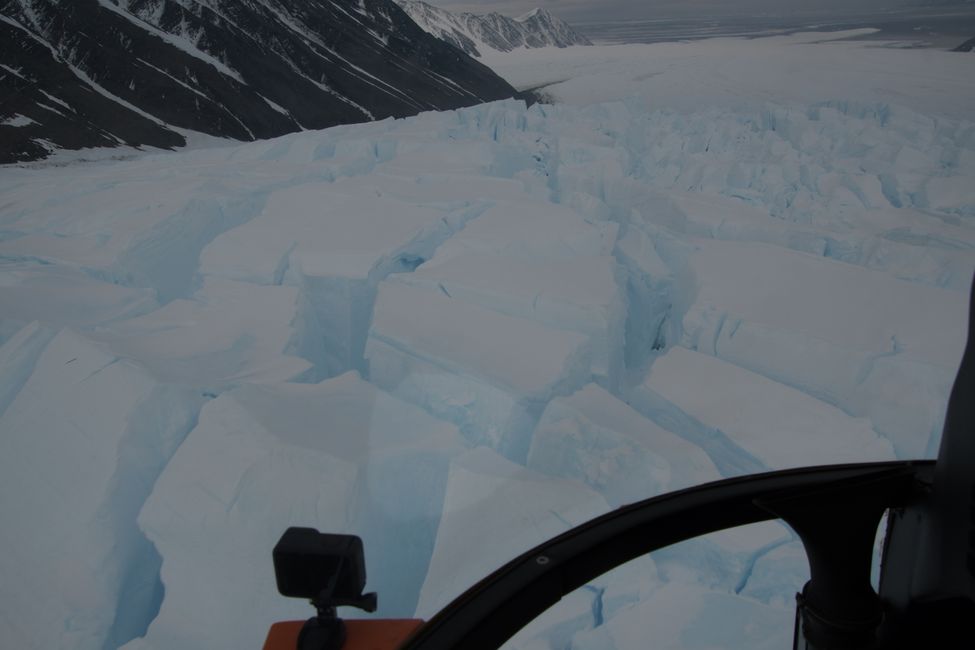
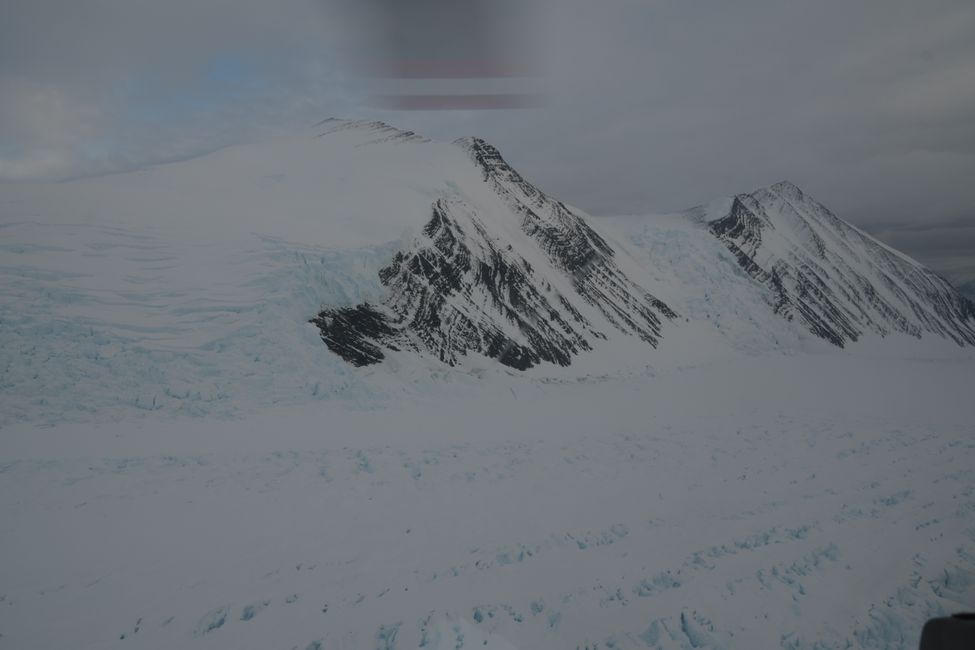
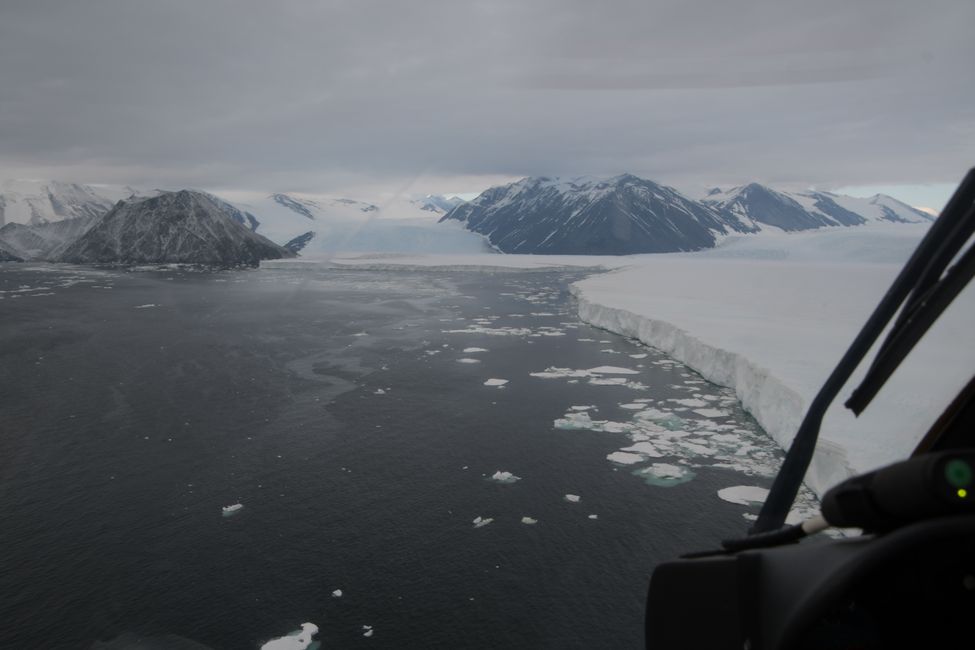
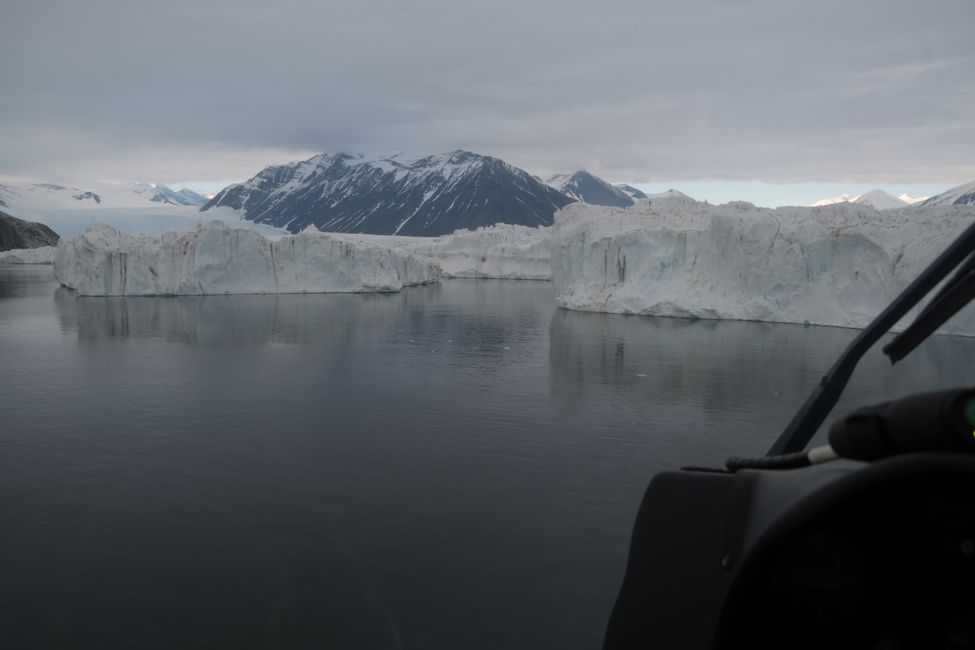
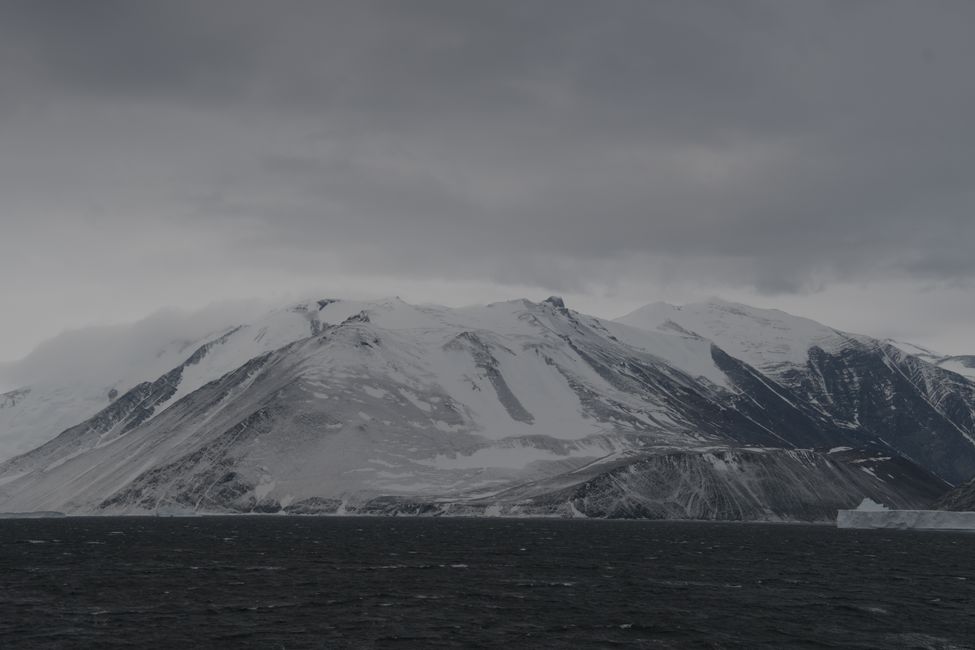
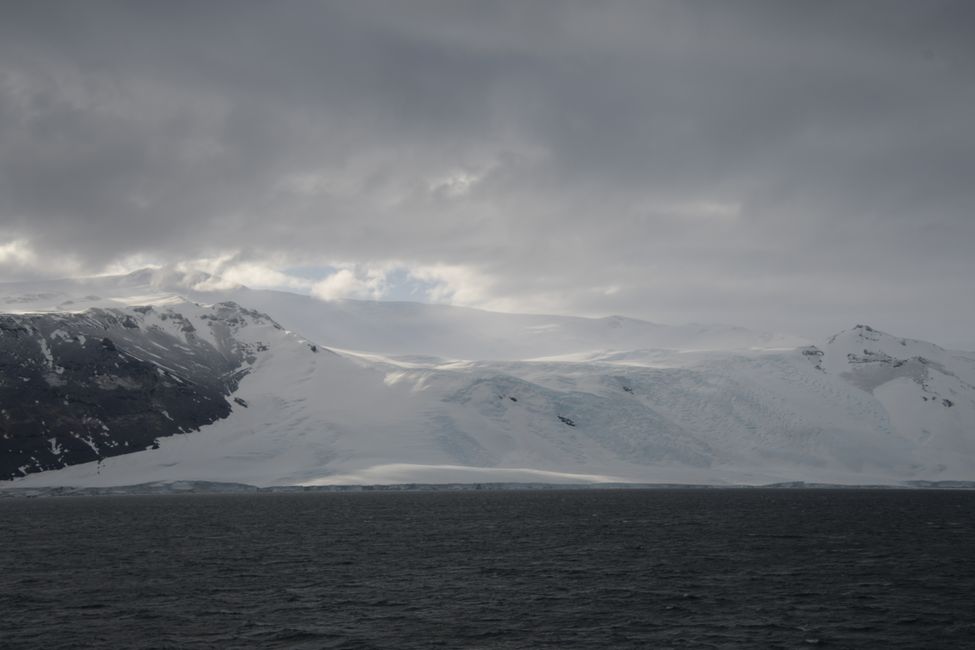
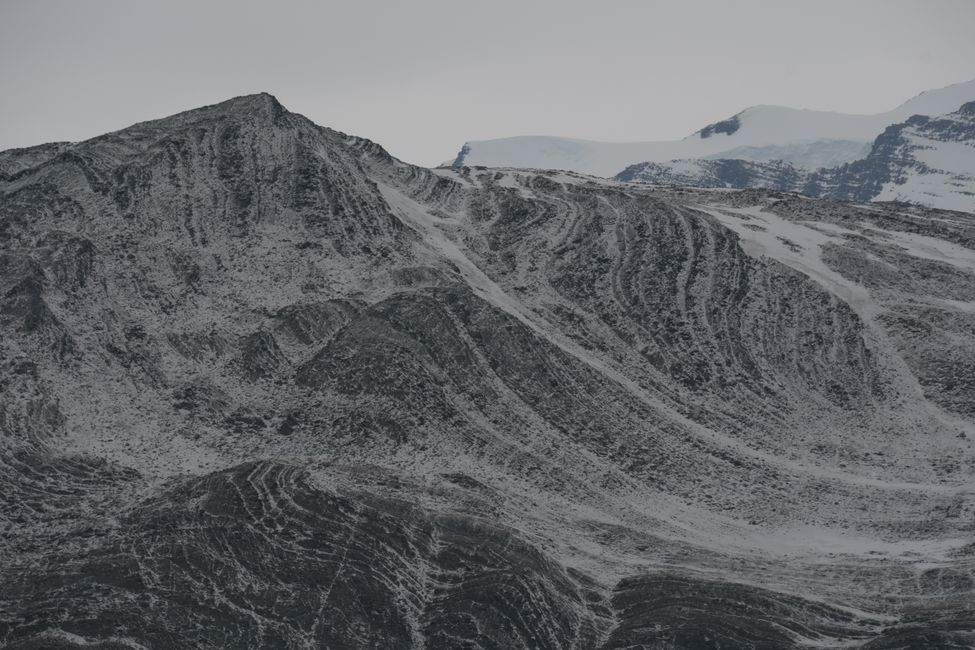
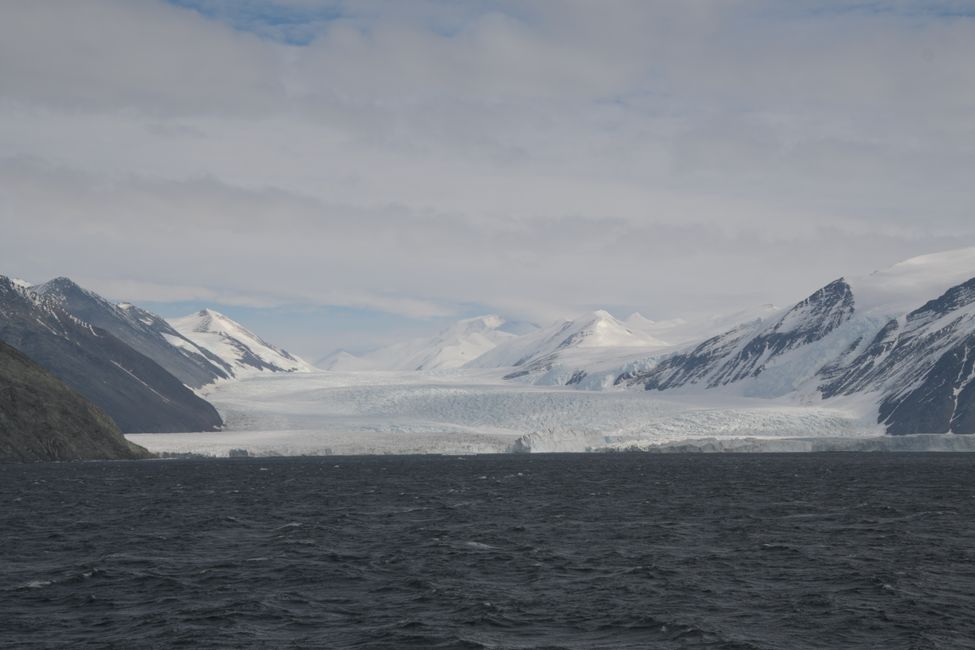
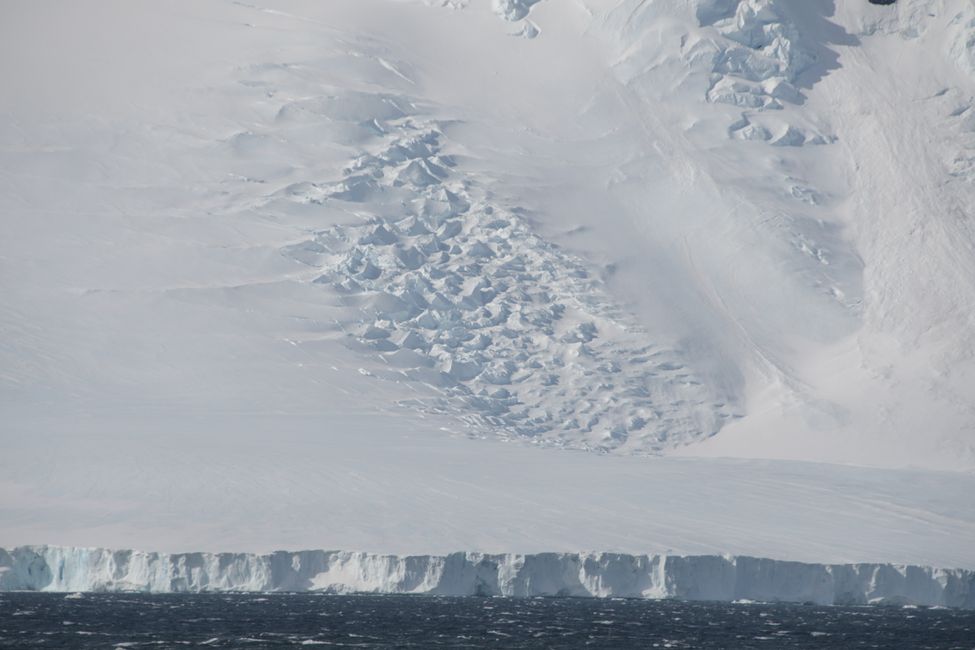
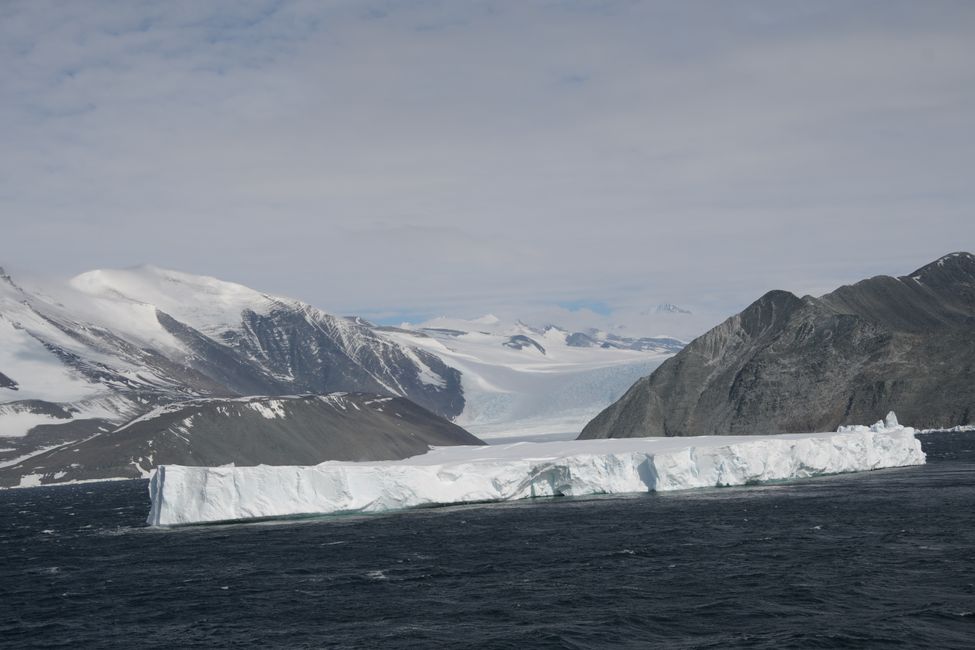
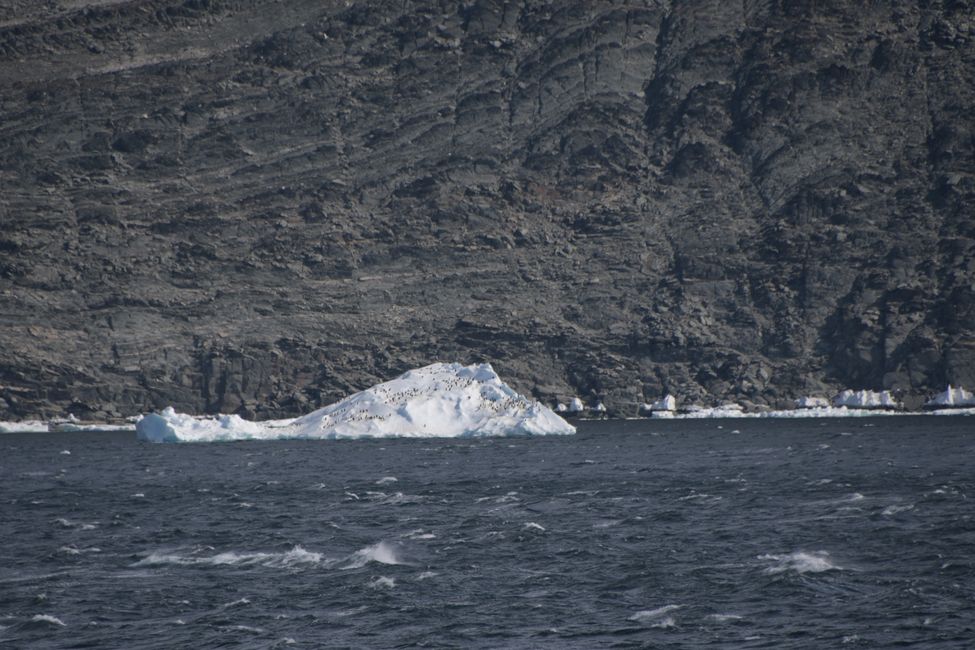
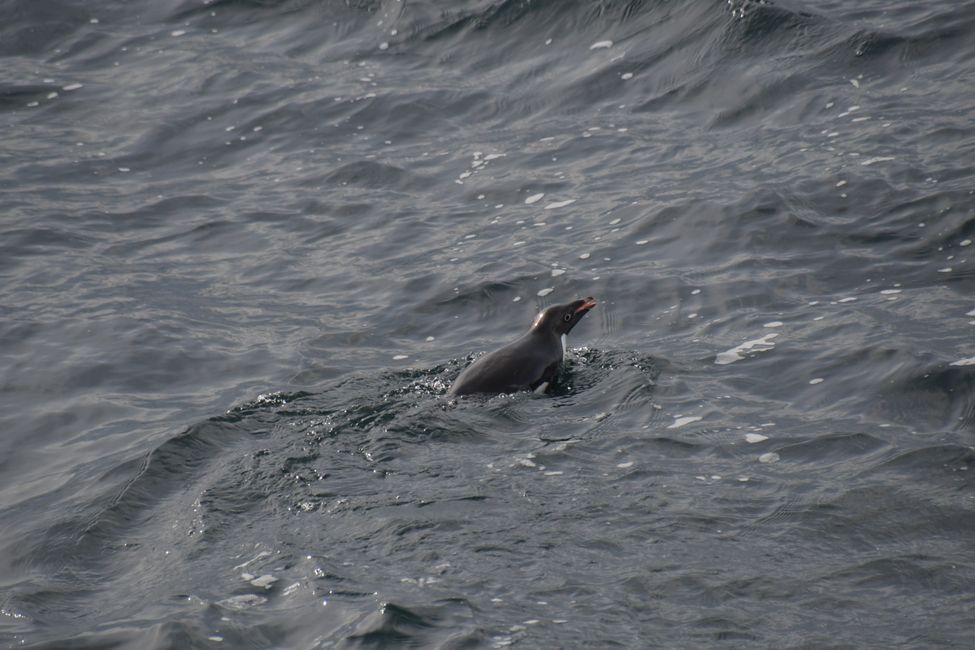
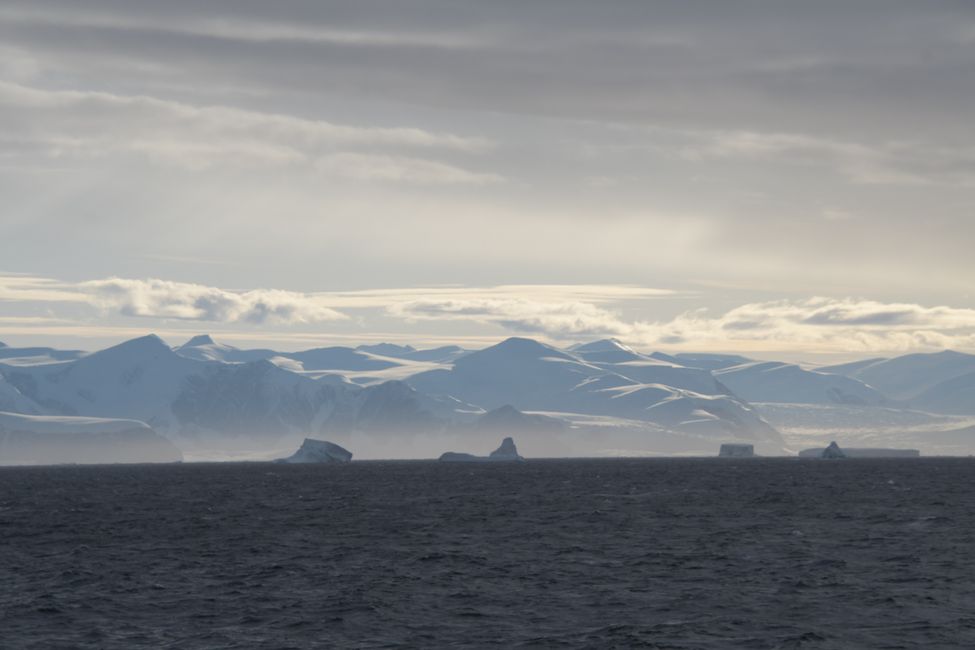
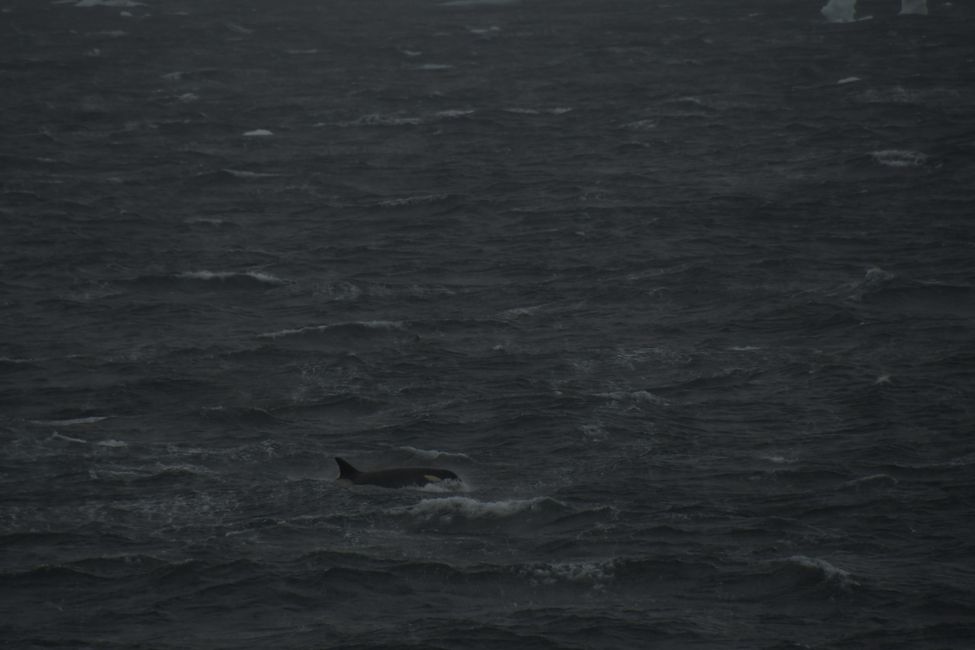
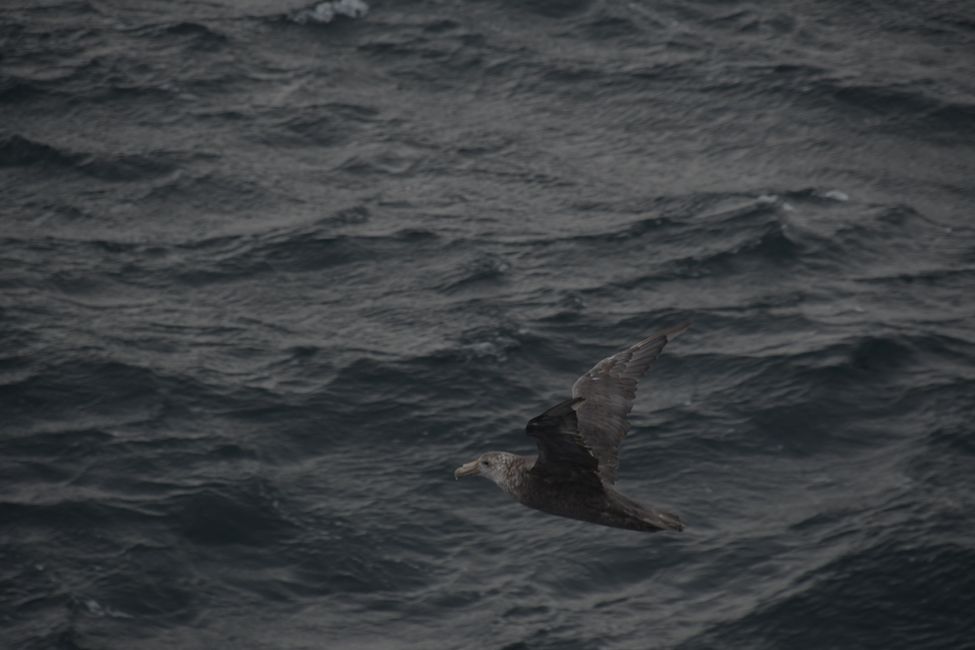
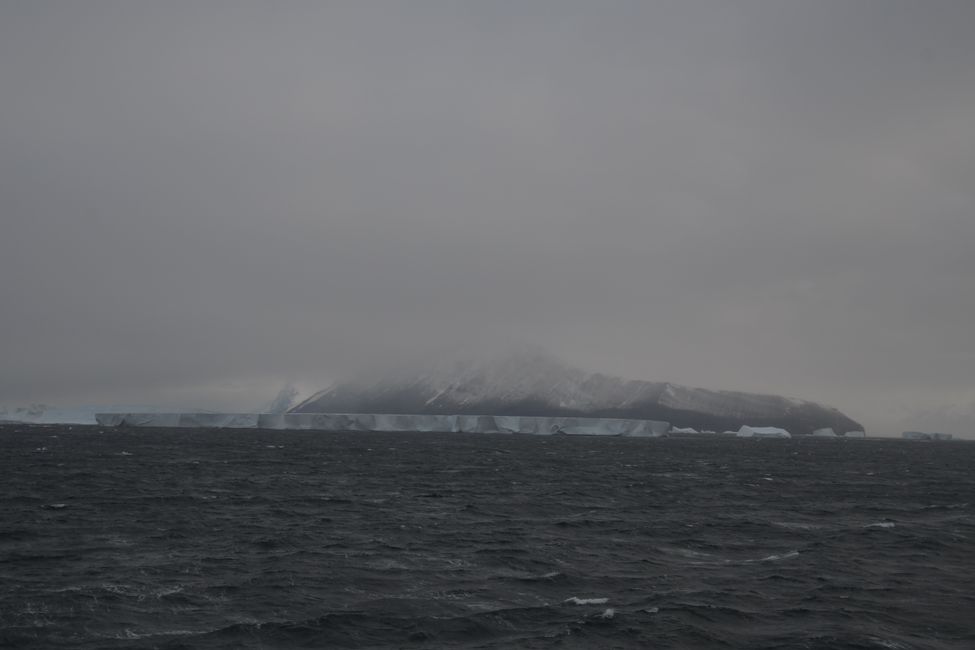
订阅时事通讯
After 3 (but unfortunately only 3) eventful days in the Ross Sea and McMurdo Sound, it was time to say goodbye again. In theory, we would have been driving north along the coast of Victoria Land, with perhaps some activities along the way. However, in practice, there was an ice field stretching over hundreds of kilometers, which had conveniently melted away a few days before our arrival in the Ross Sea and McMurdo Sound. True to the motto 'the fastest way through the ice is around it', we spent a day and a half sailing through the open (and rough) sea, which wasn't too bad for reflecting on our experiences (and finally being able to sleep).
In the afternoon of the second day at sea, we reached the coast again, at the Possession Islands. Here, we sailed through another ice field with some seals - especially with the mountains of the Admiralty Ranges in the background, it was once again a spectacular sight. We had planned to make a landing on the Possession Islands, but the ice conditions made it impossible. Instead, we went on a Zodiac excursion, which took us around an interesting rock formation and then to the beach of the island, where another Adelie penguin colony resided. We spent some time observing a leopard seal (a type of seal), but unfortunately didn't get a chance to concentrate on the penguins because drifting ice threatened to cut off our way back to the mothership. This resulted in a little action scene. Three boats delayed their retreat and got stuck in the pack ice. Two of them were eventually freed with the help of the remaining boats, who pushed away large ice chunks. Then, we passengers were unloaded onto the Ortelius. The guides returned and needed about half an hour to rescue the last boat from the pack ice.
The next day, we were supposed to make a landing at Cape Adare - the northernmost tip of the Antarctic mainland. However, this rarely happens due to the exposed location, with winds and waves. Here, there is also another cabin of old polar explorers, this time from the 'Borchgrevink Expedition' (the first to set foot on Antarctica ...). Of more interest to us: the largest colony of Adelie penguins - 300,000 breeding pairs.
We first practiced the game of 'patience', and as often happened on this tour, the weather gods were on our side: the strong morning wind cleared a spot on the beach of ice floes and then calmed down. So we were brought ashore and could take our time exploring, which we did extensively. At this time of year, the penguin chicks were already large and molting, and the older ones were no longer being fed. As a result, only about 10% of the adult penguins were present in the colony, but it was still an impressive mass of penguins, especially with so many chicks around. We had to be careful not to step on any penguins ... We saw many funny behaviors (running and feeding, collecting stones, screaming, sleeping, chasing away skuas, ...). Some of the adult penguins were also molting, which gave them a quite amusing appearance, and a few seals completed the picture.
Cape Adare is located at the tip of a small peninsula, and we sailed to its base (Robertson Bay) and stayed overnight there to use our helicopters one last time - this time for a pure sightseeing flight. This took place the next morning. We flew - to bid farewell to Antarctica - over some very impressive glaciers, mountains, and a small ice shelf.
After that, it was time to say goodbye to this very special and impressive (and absolutely incredible for us) continent, and we headed north towards New Zealand.
订阅时事通讯
回答
